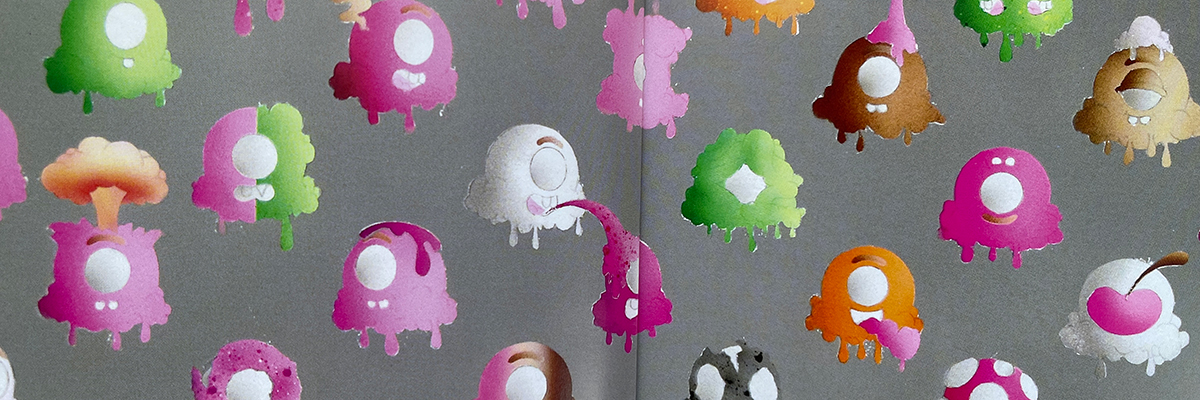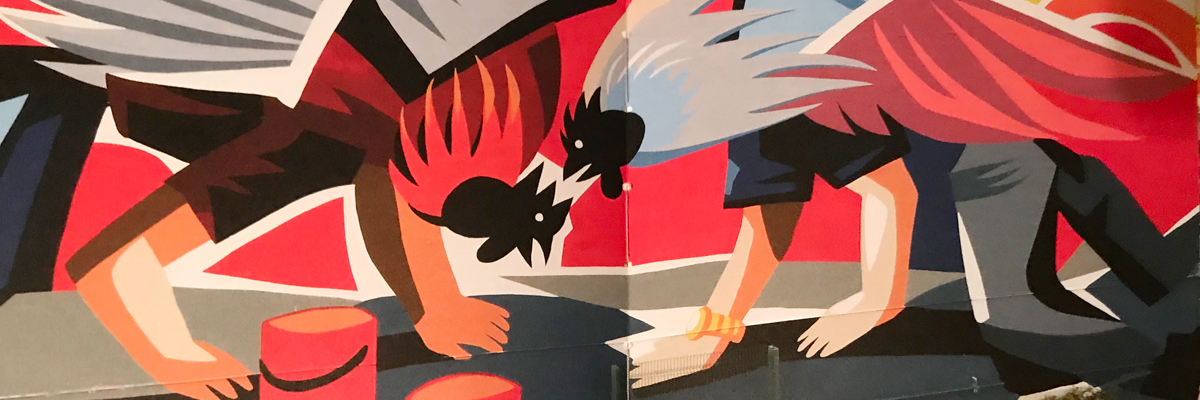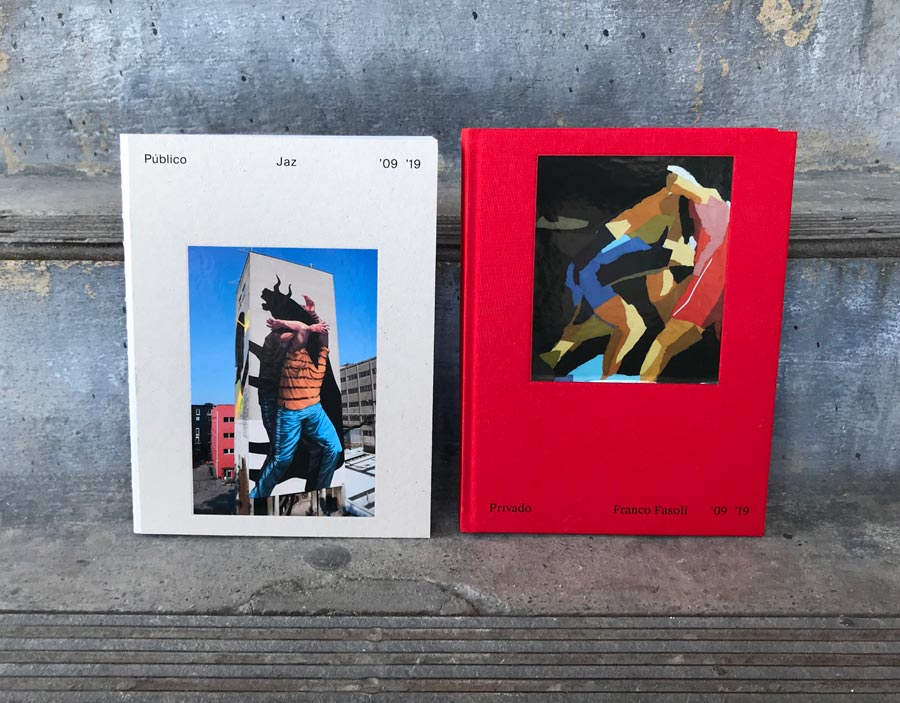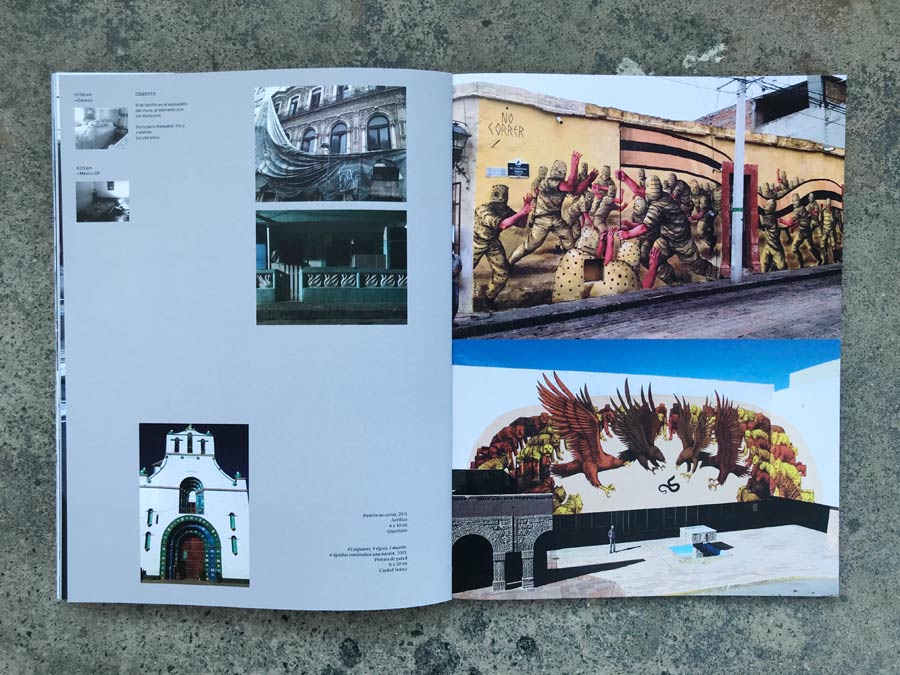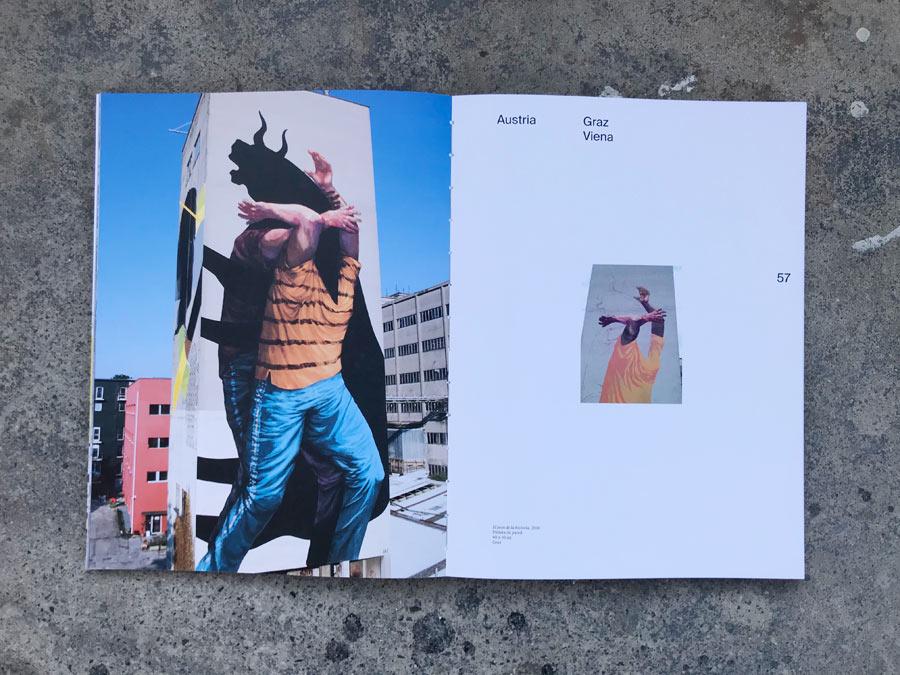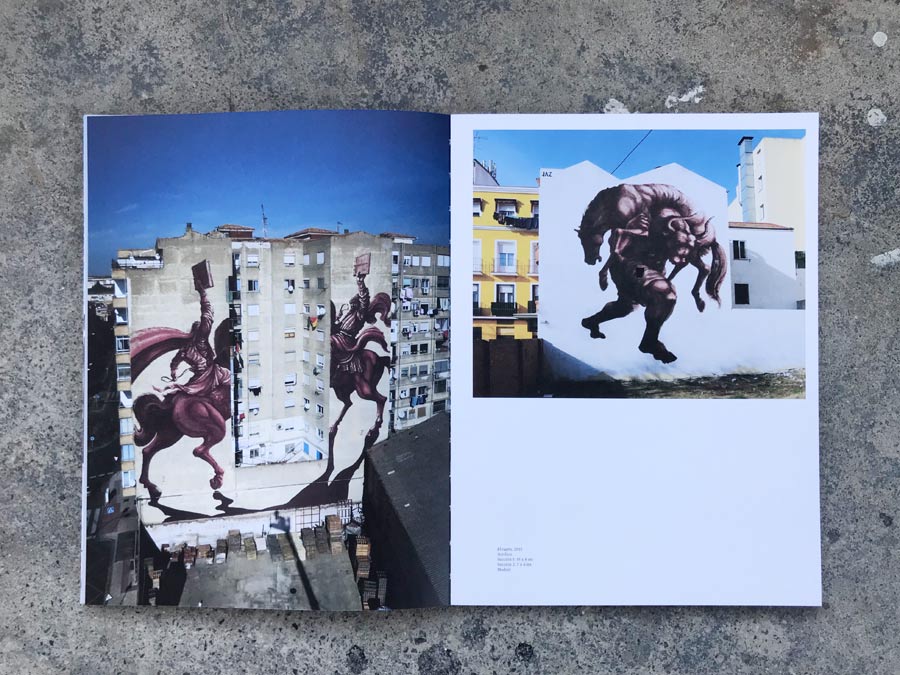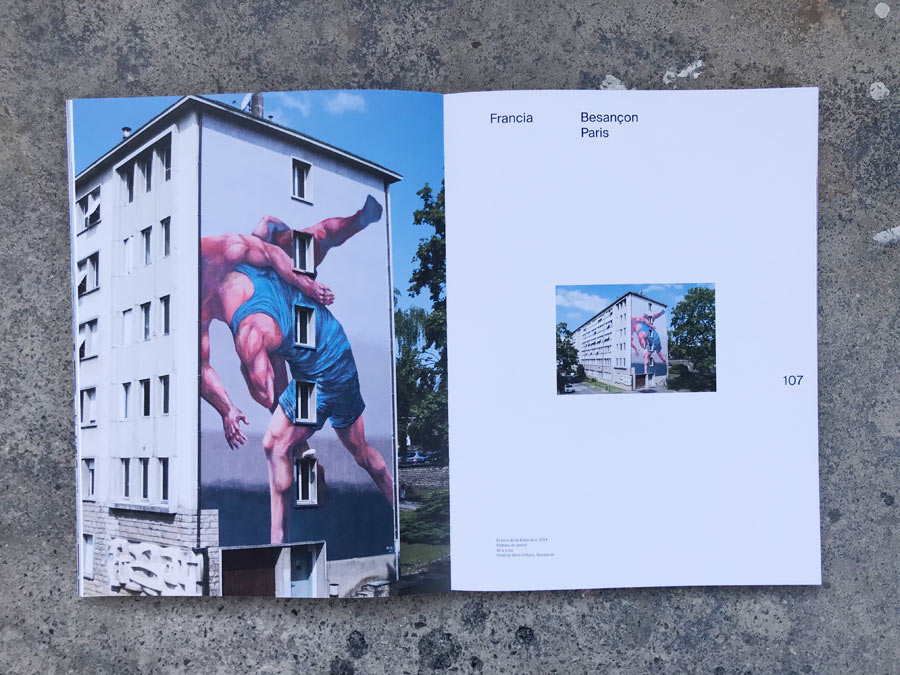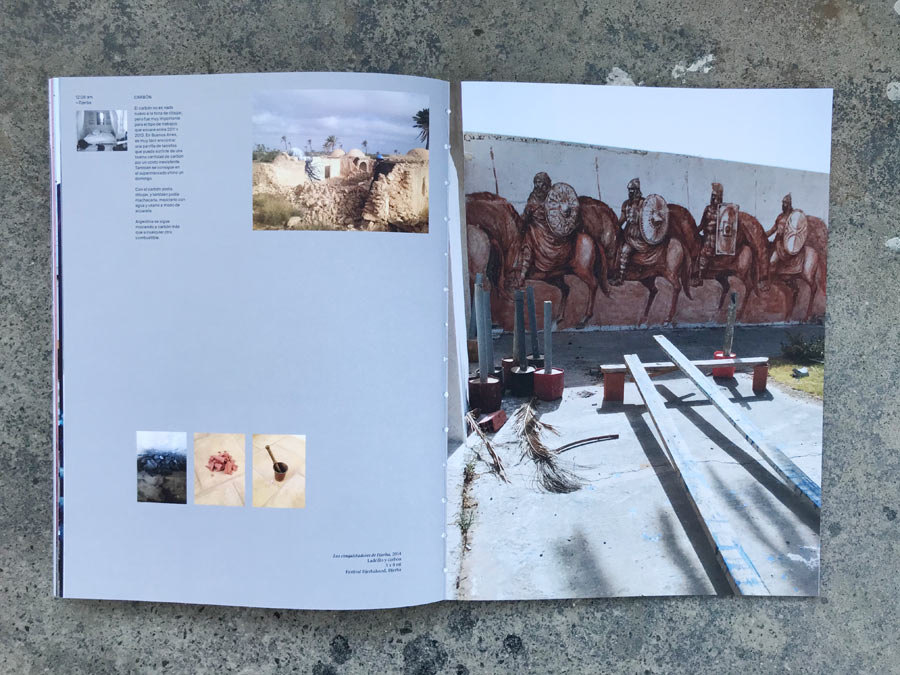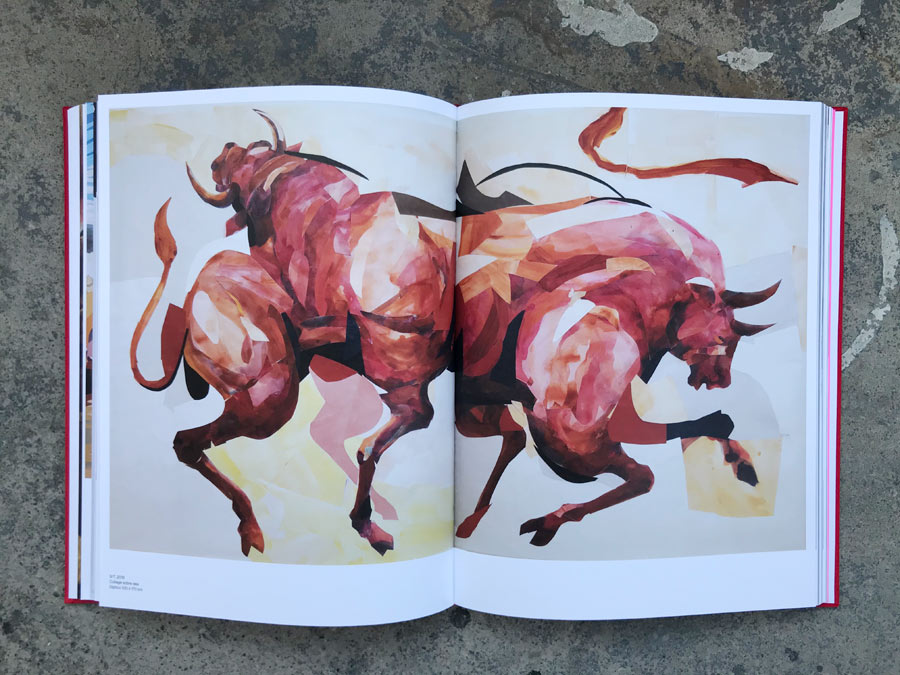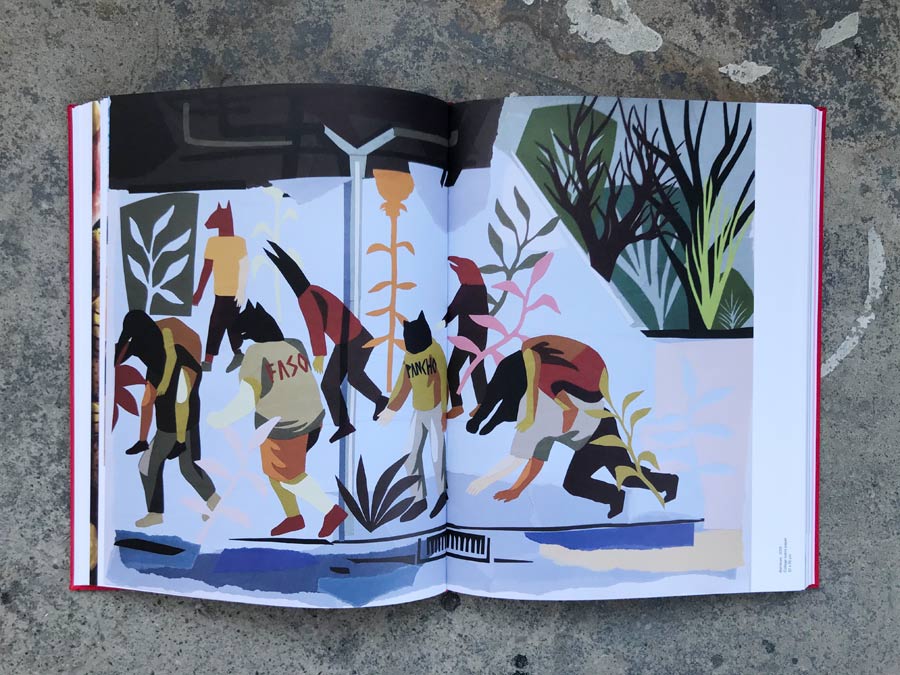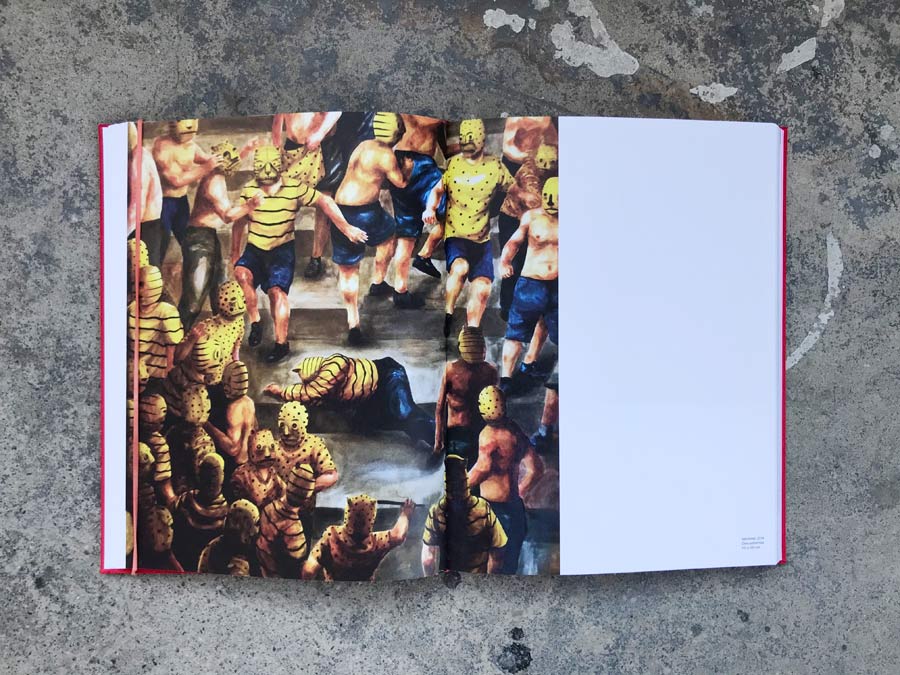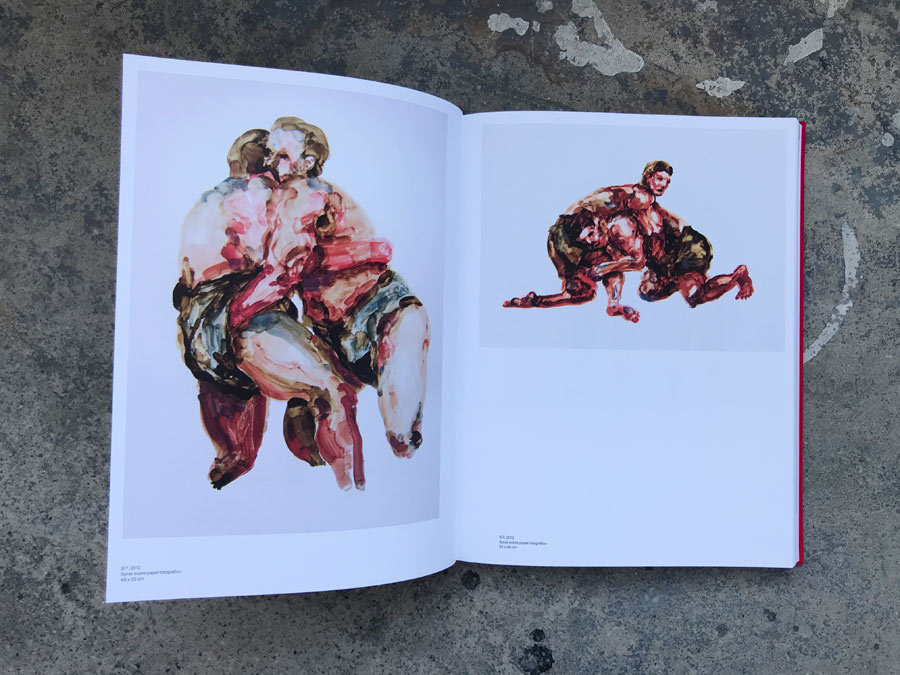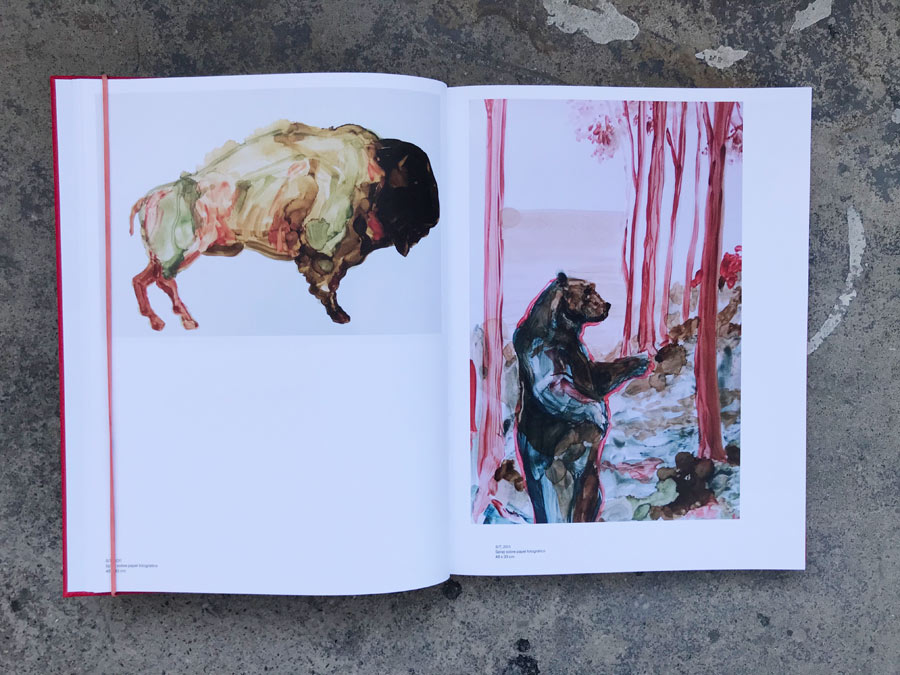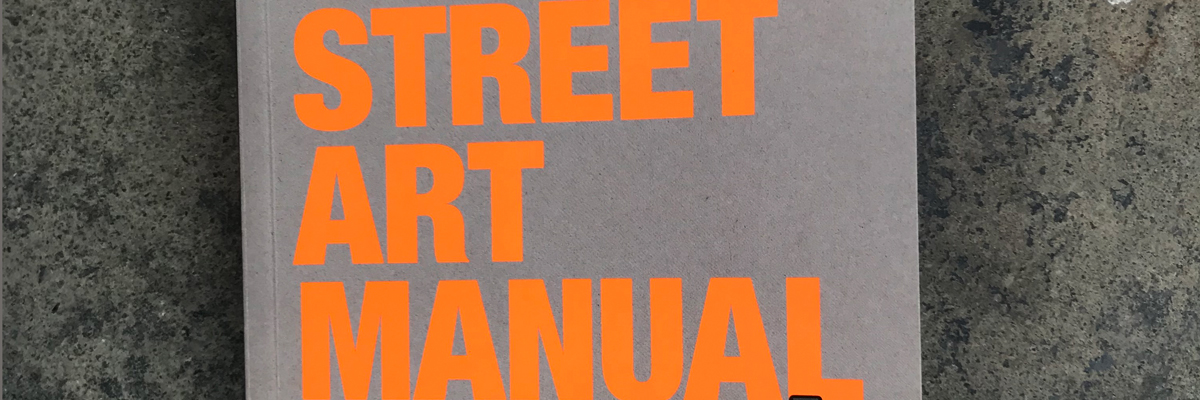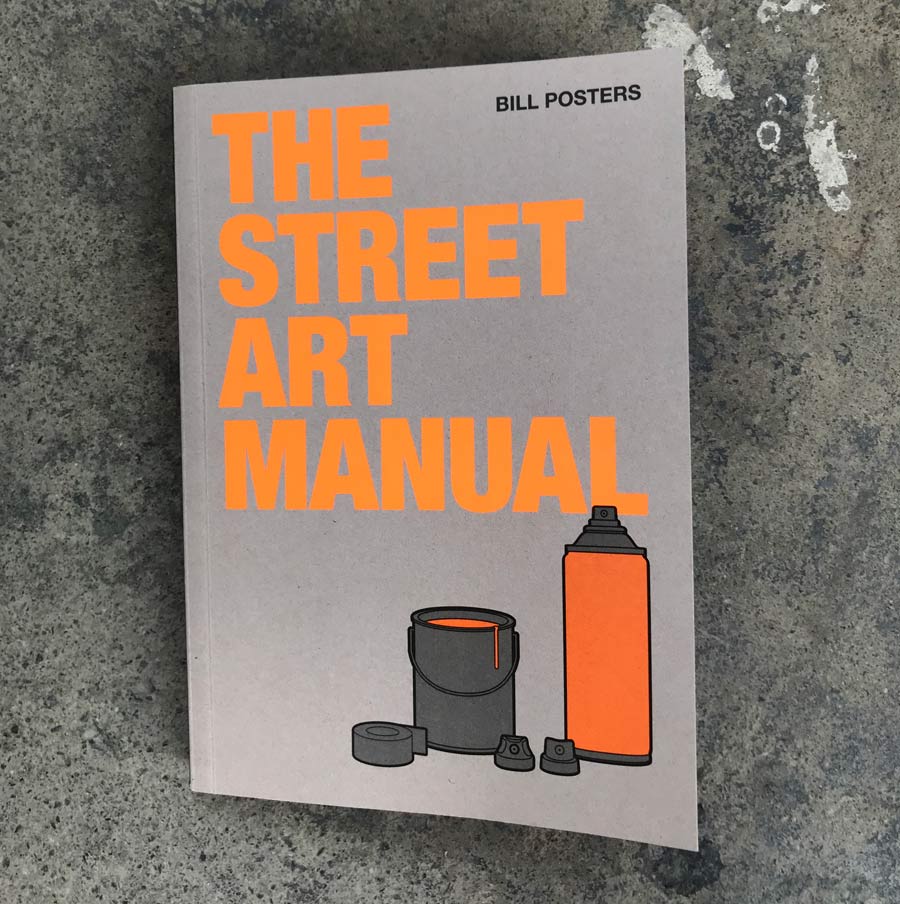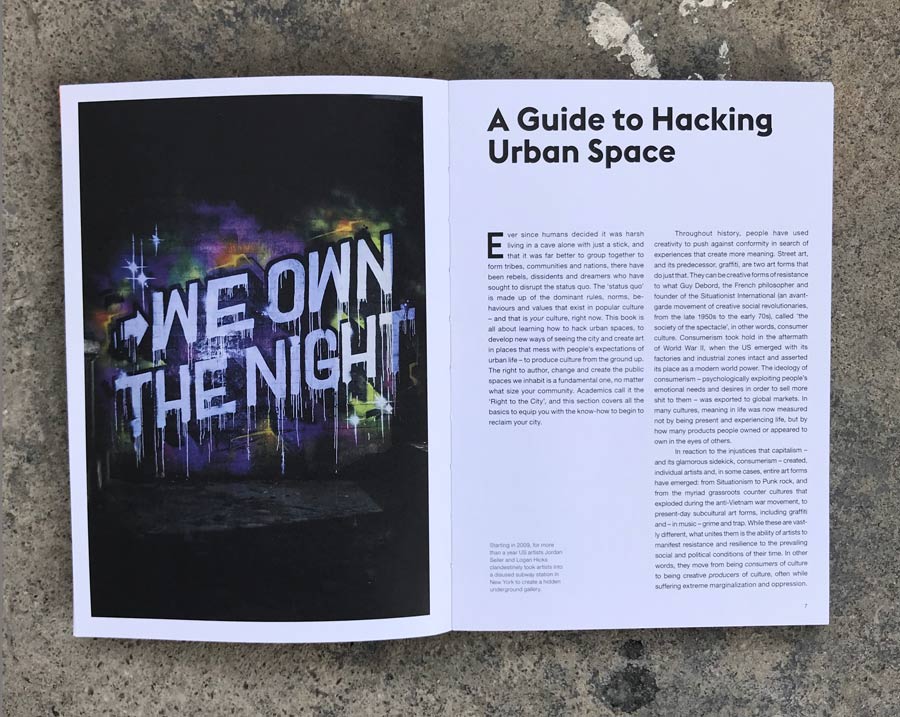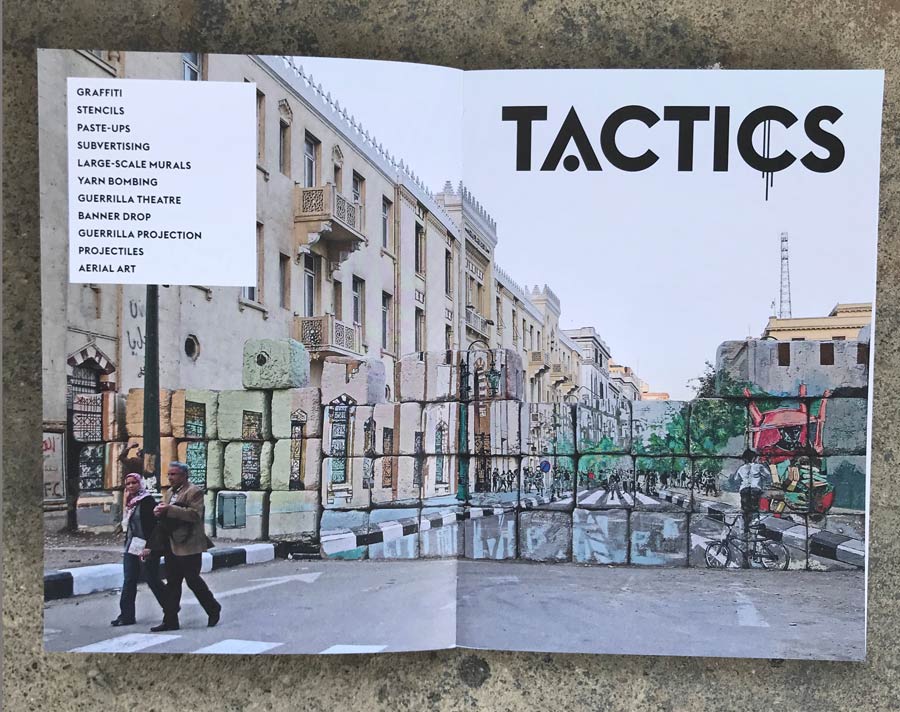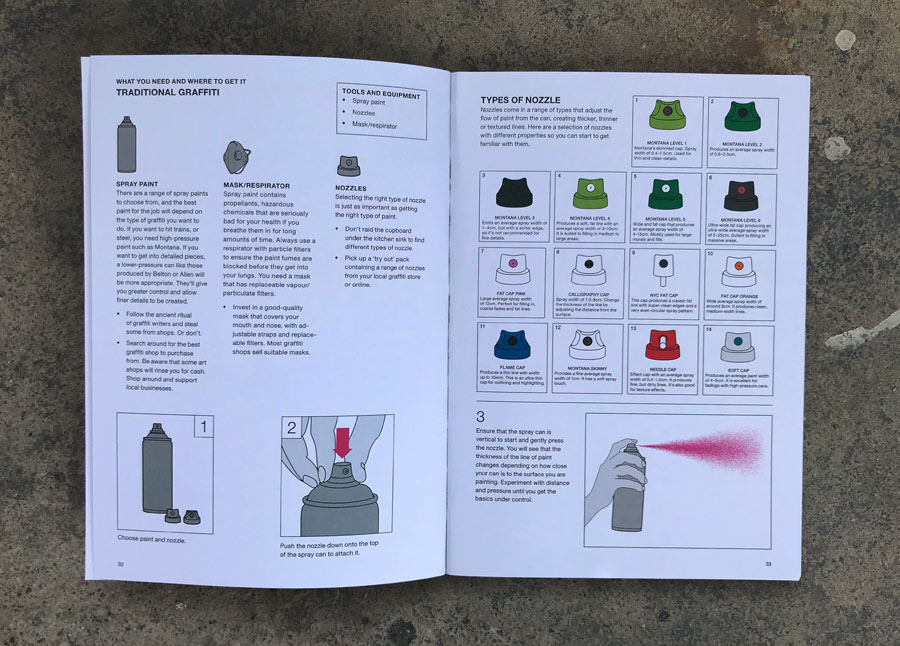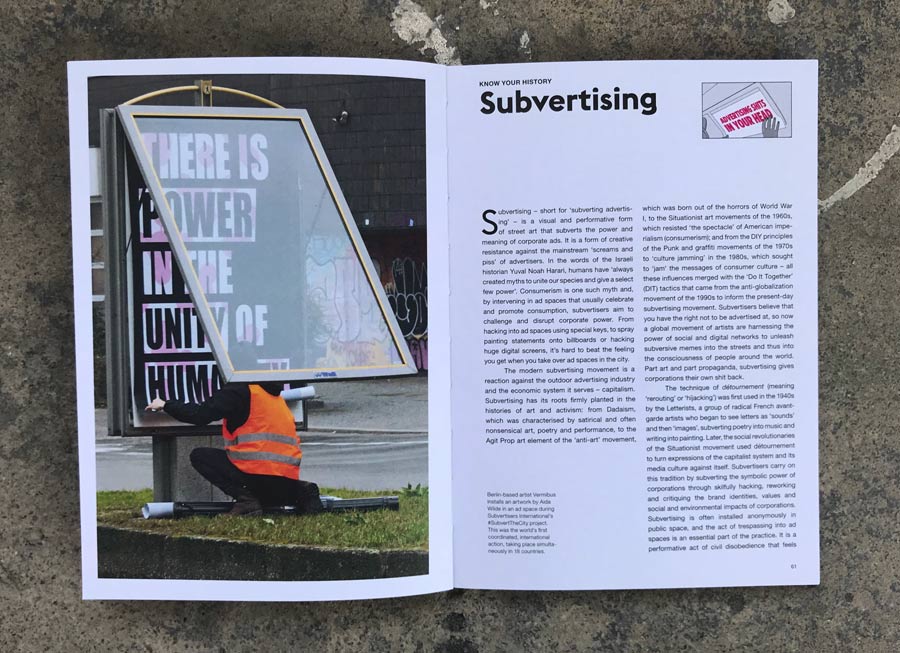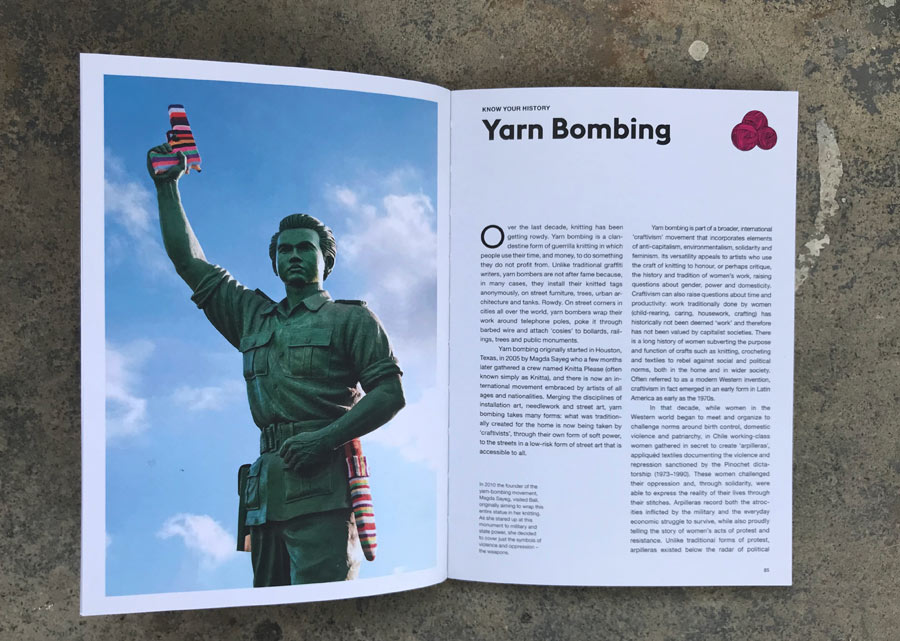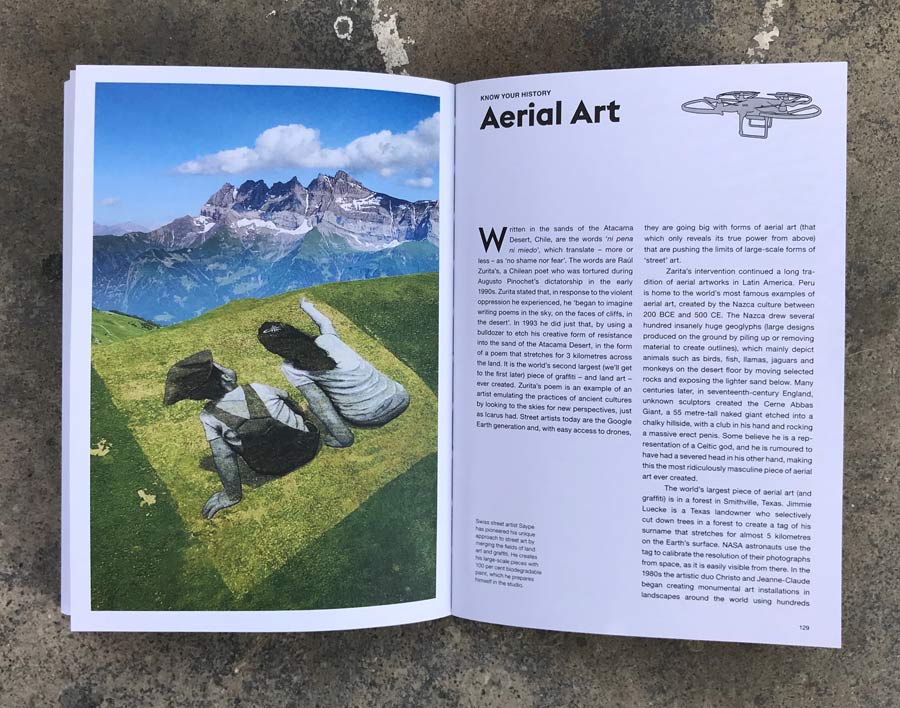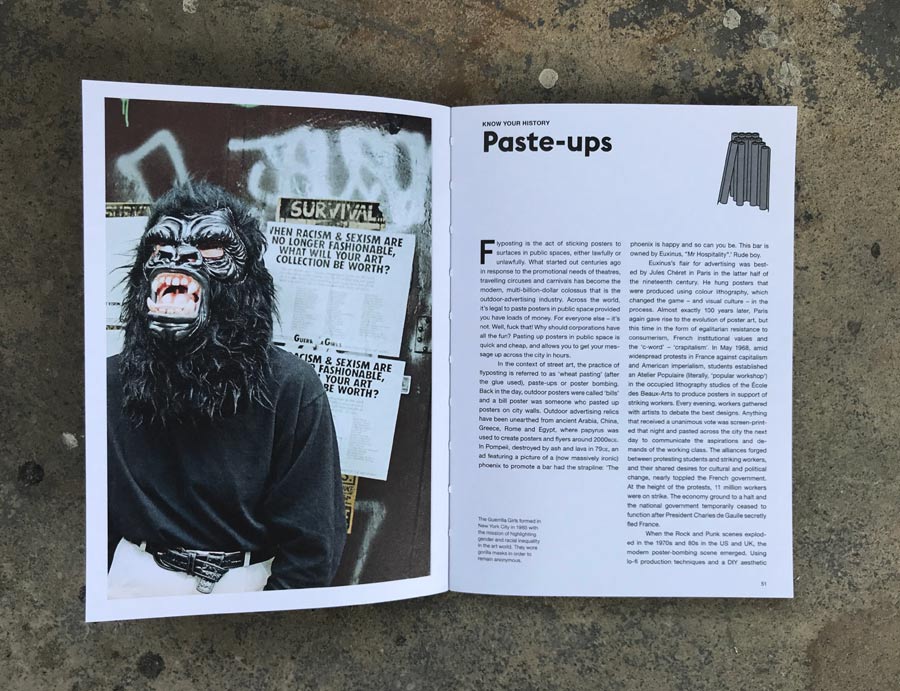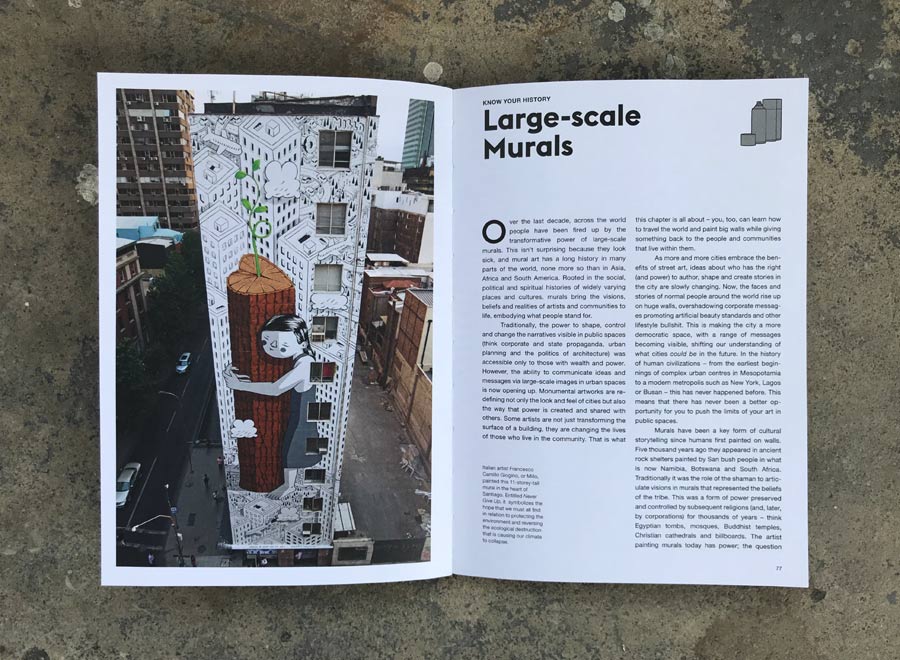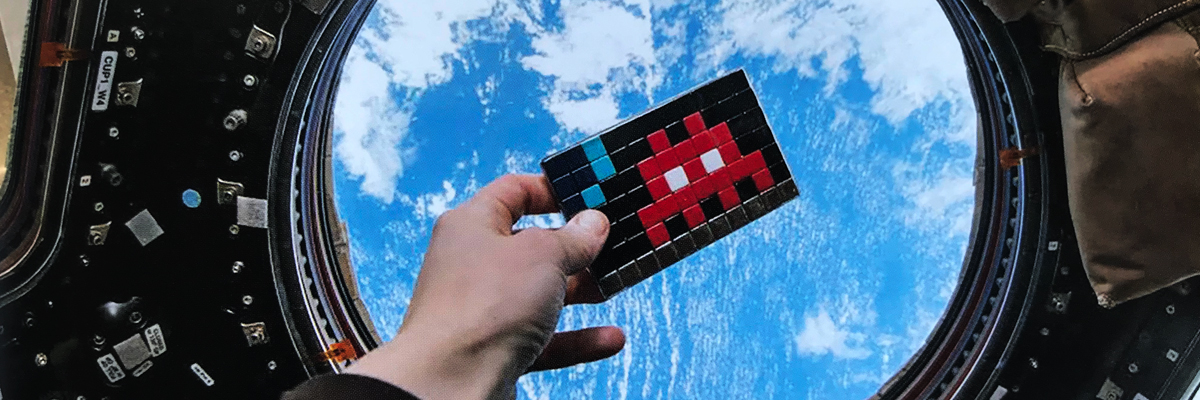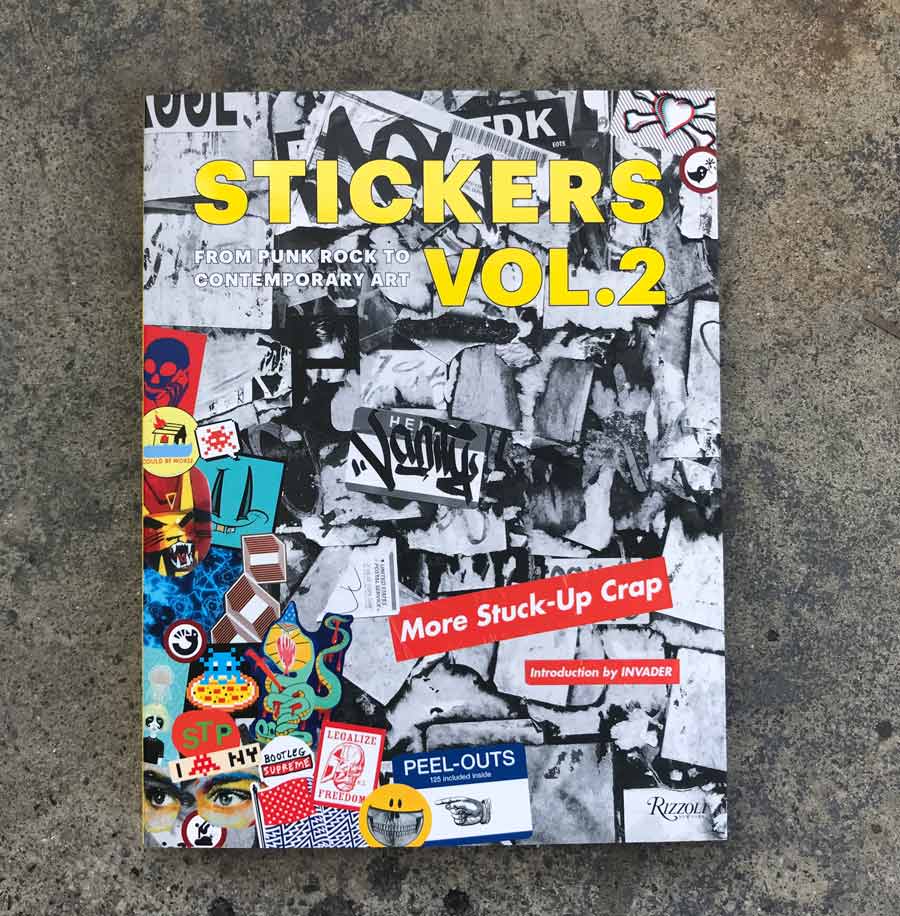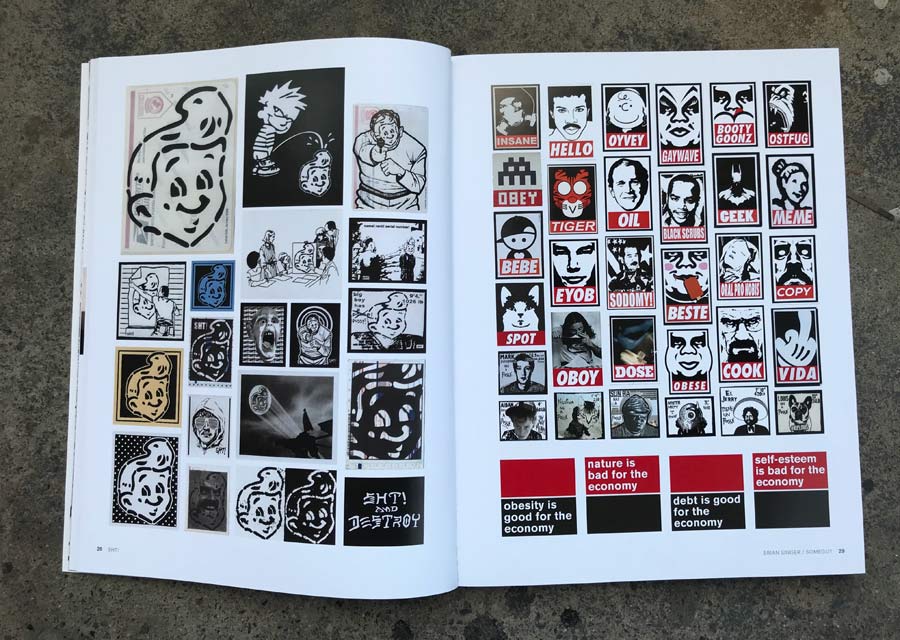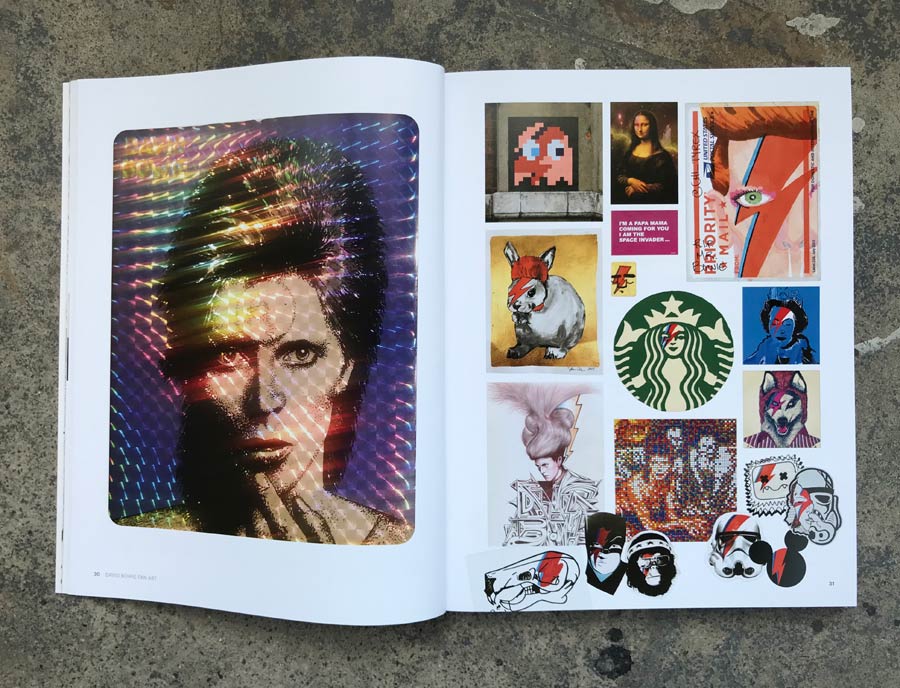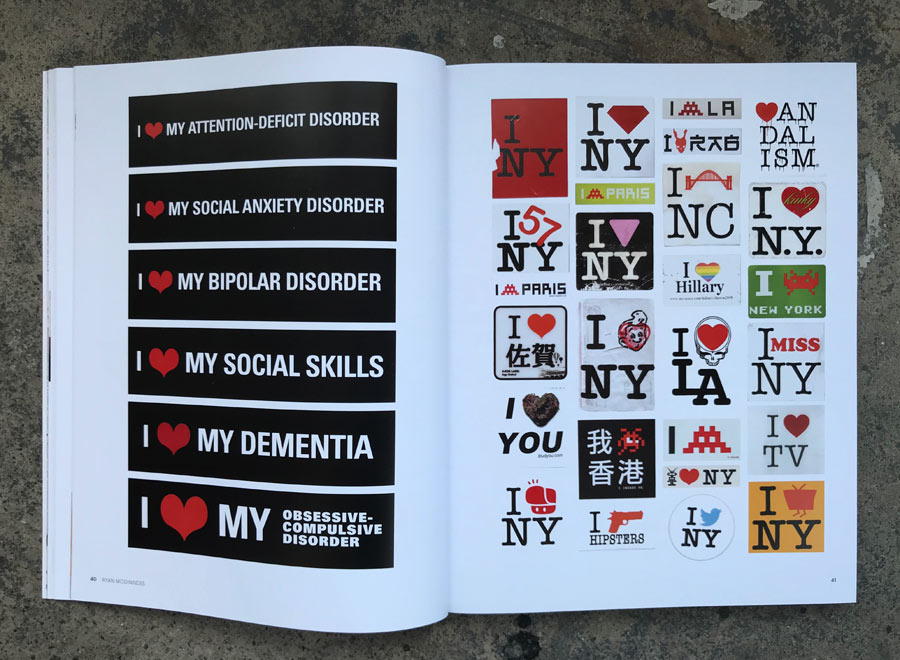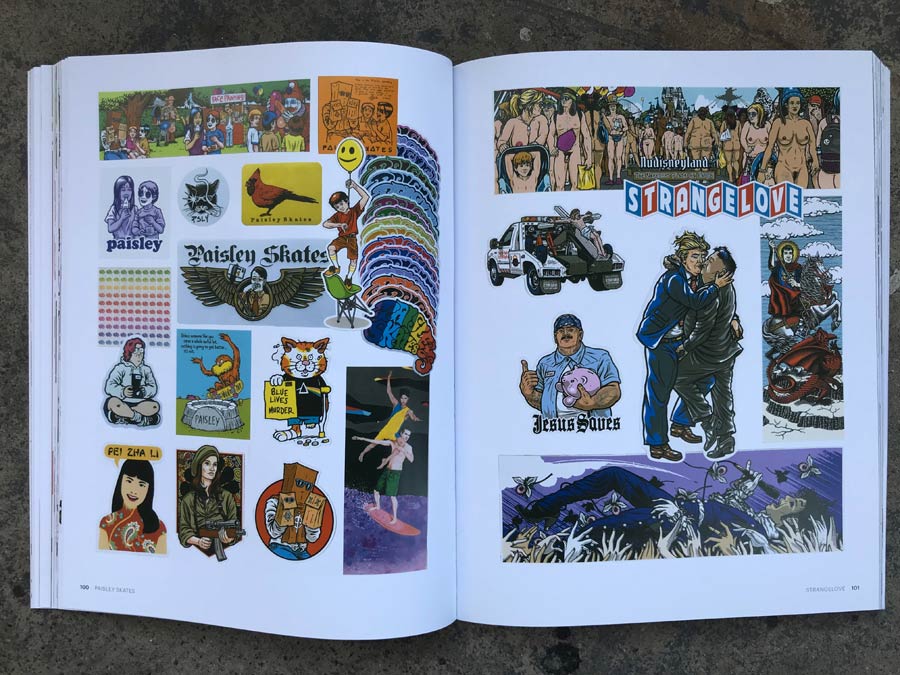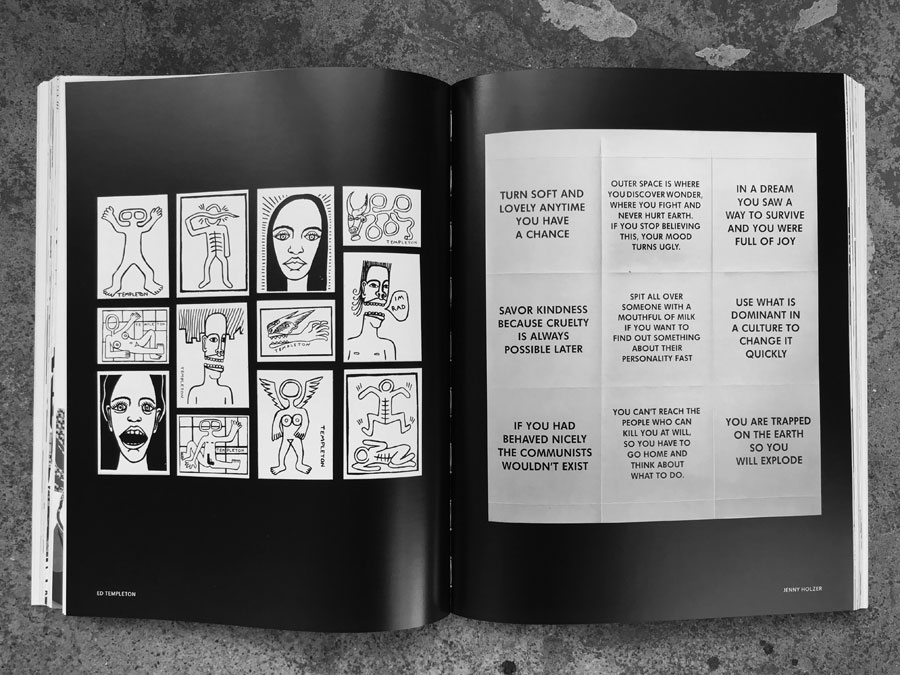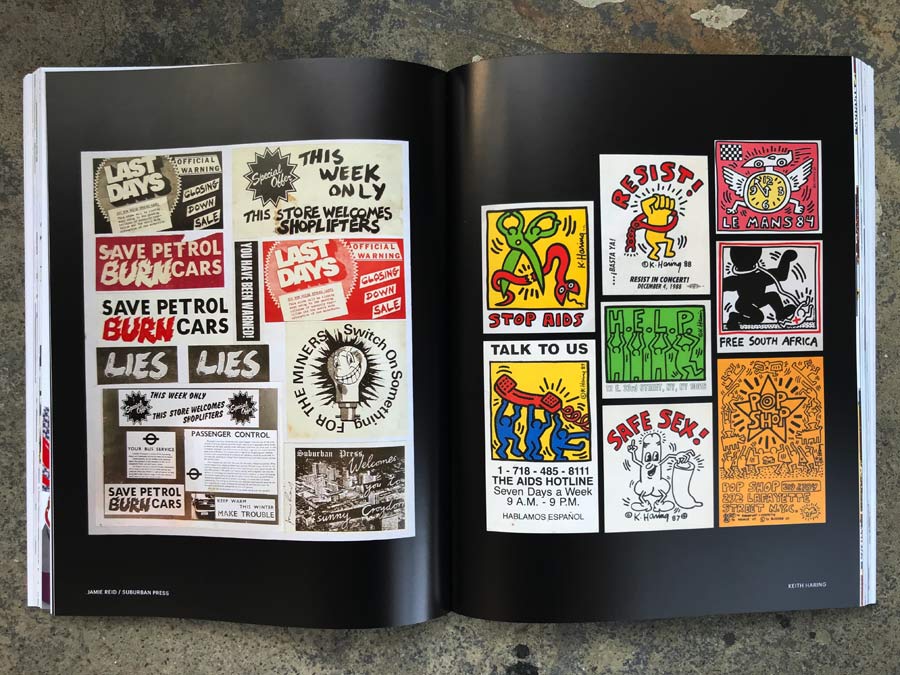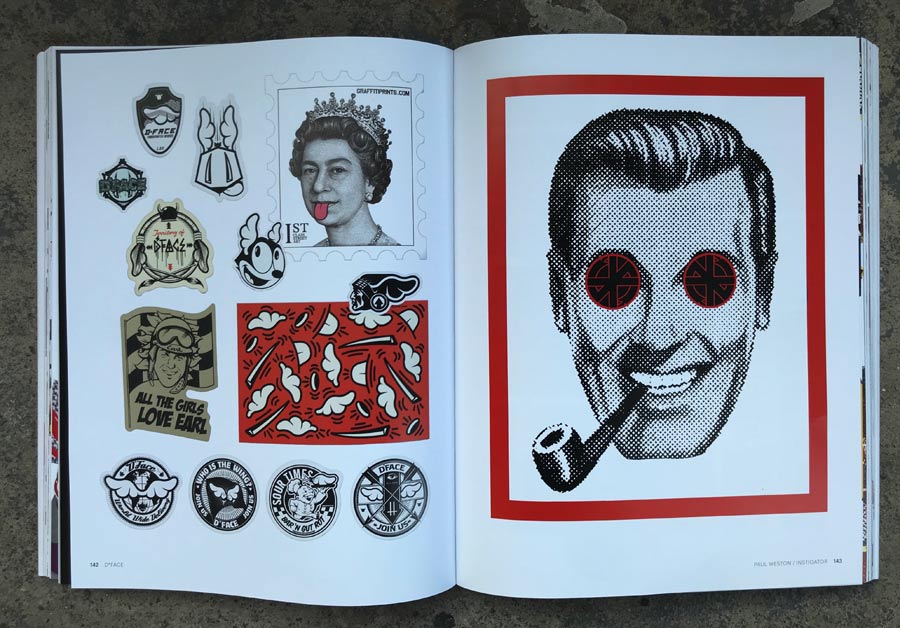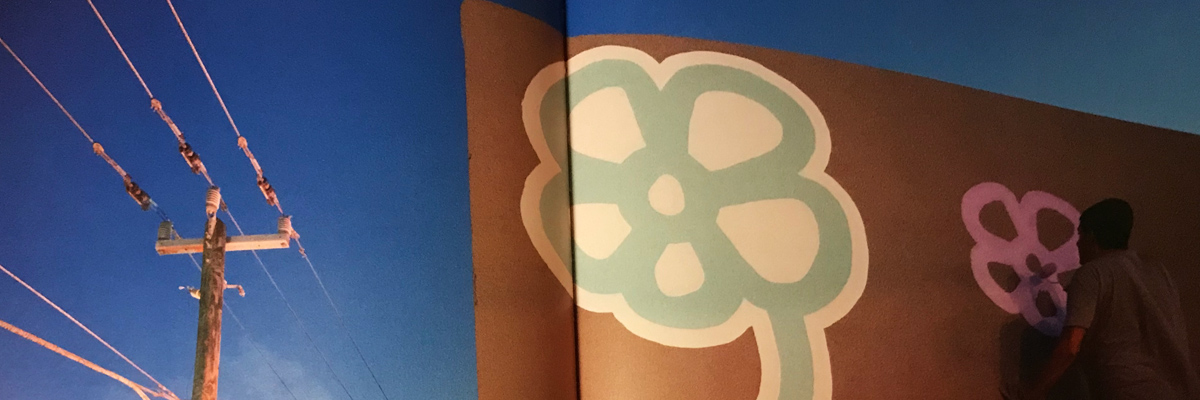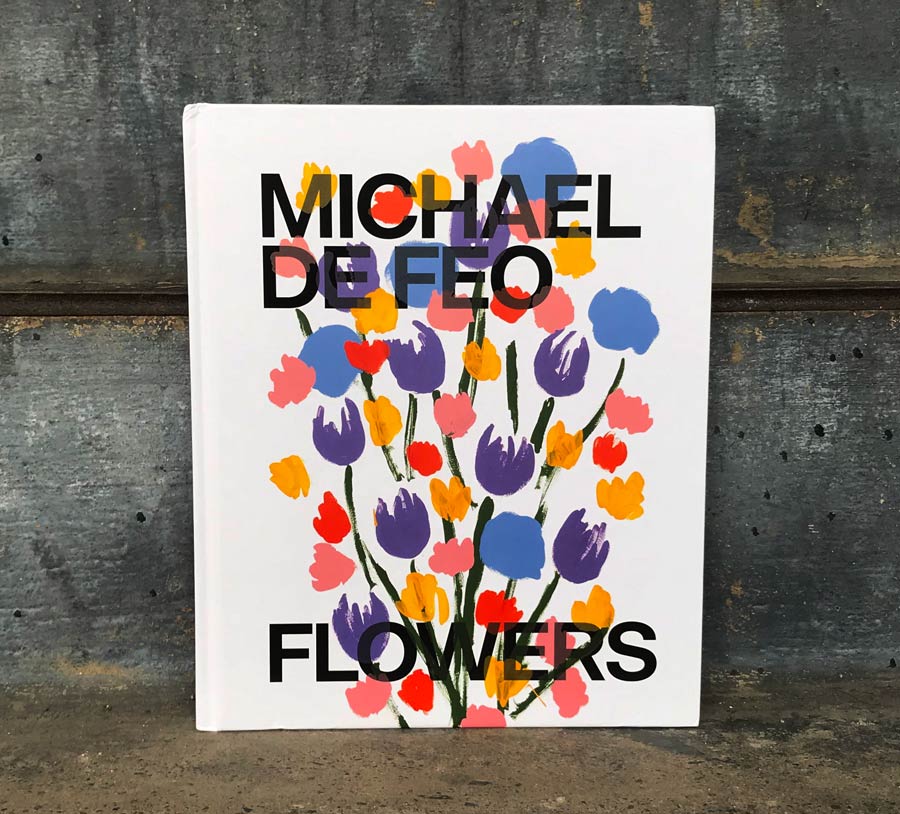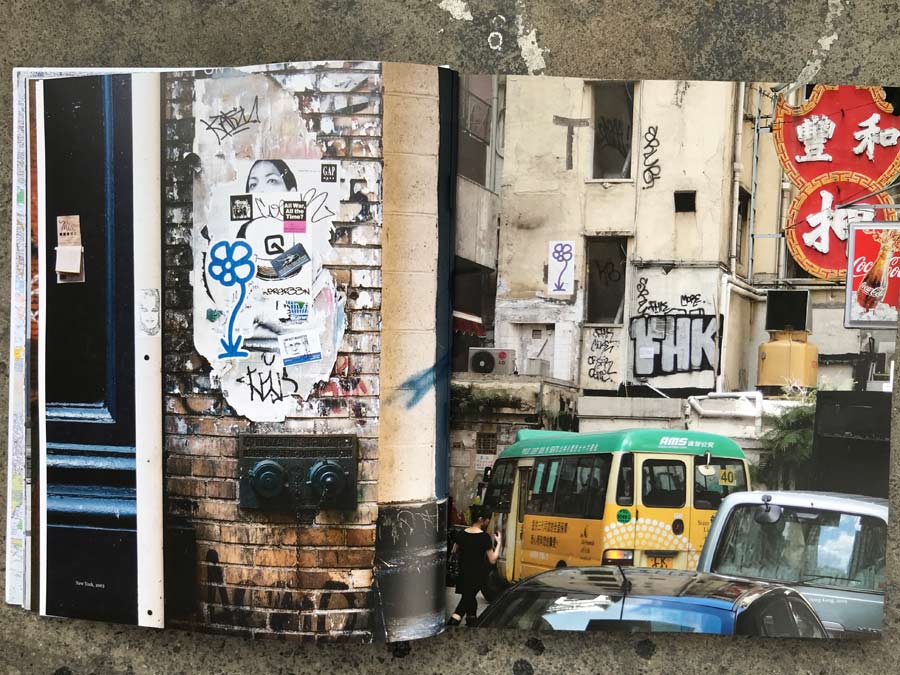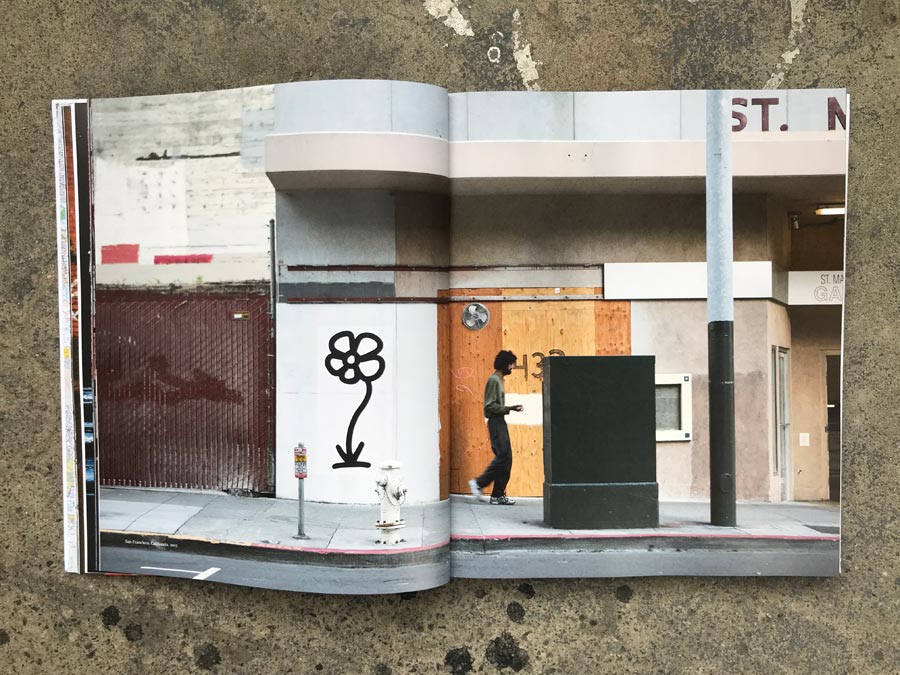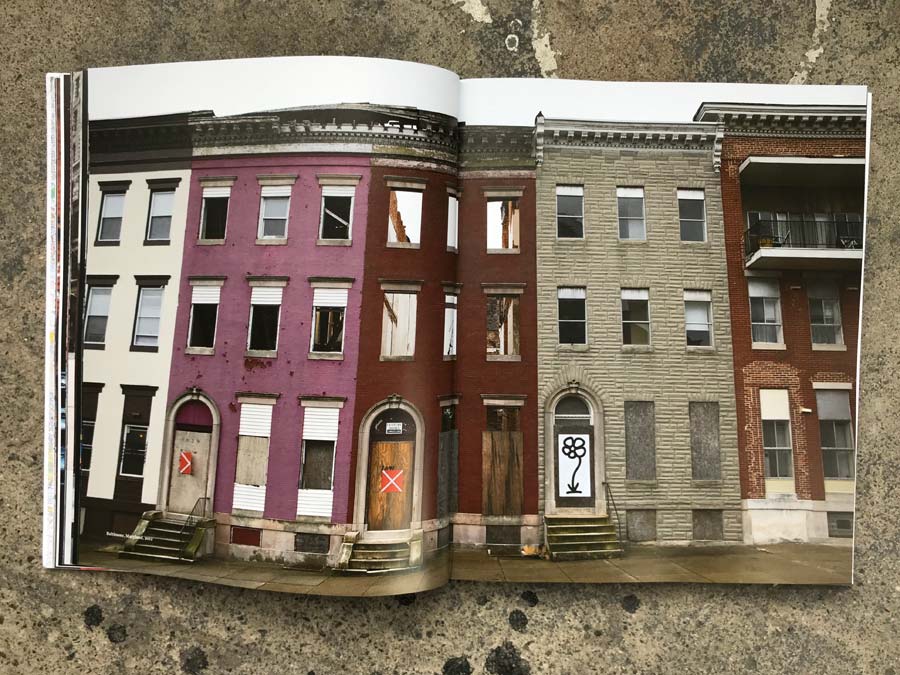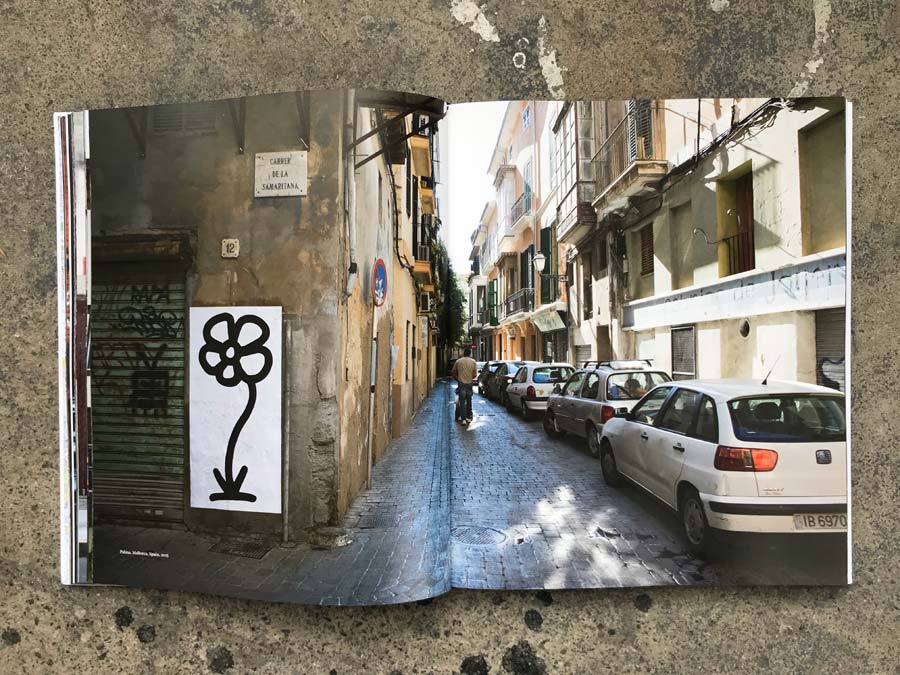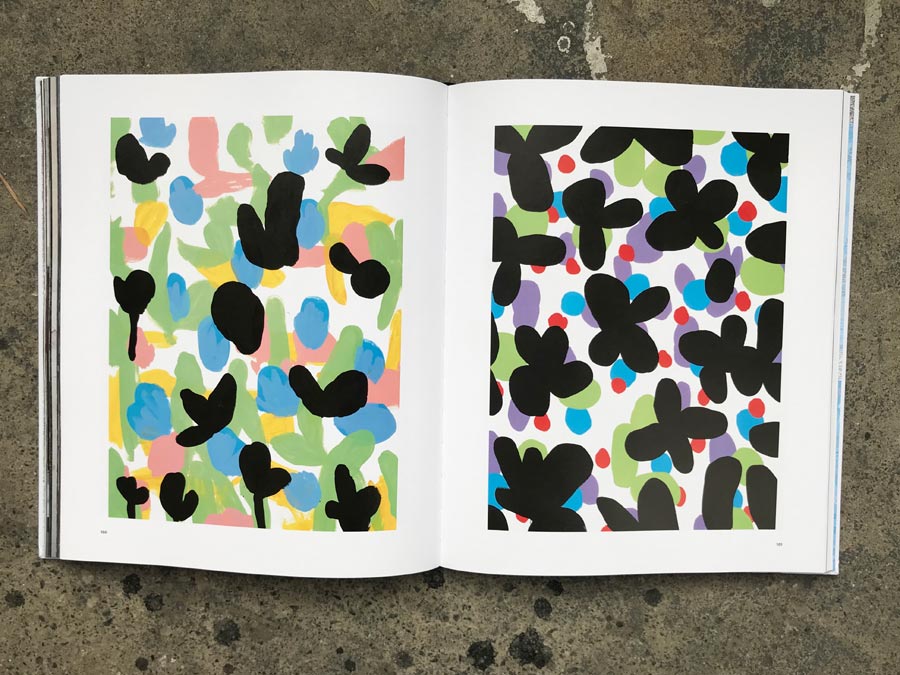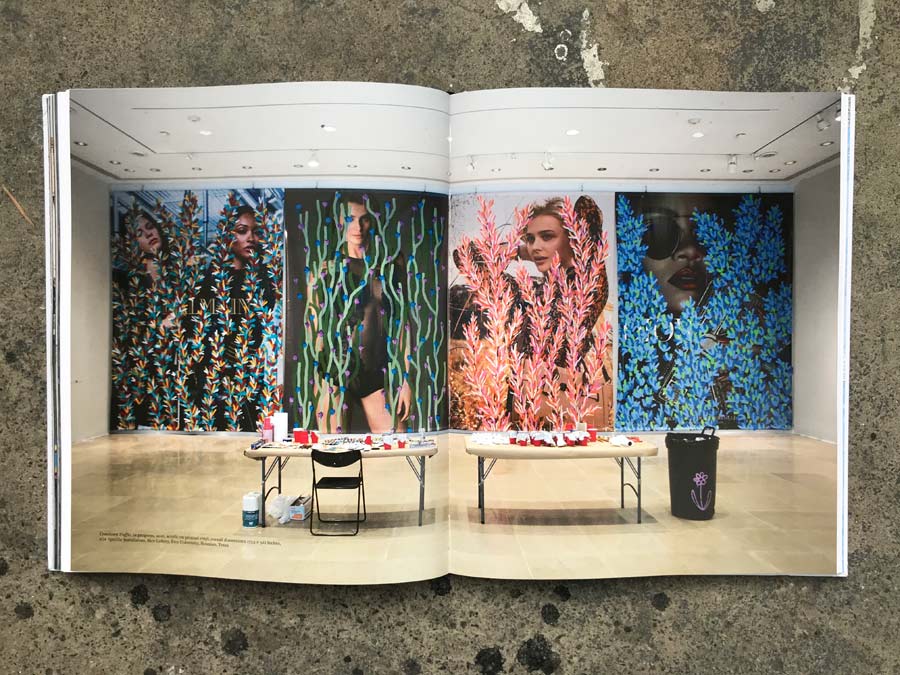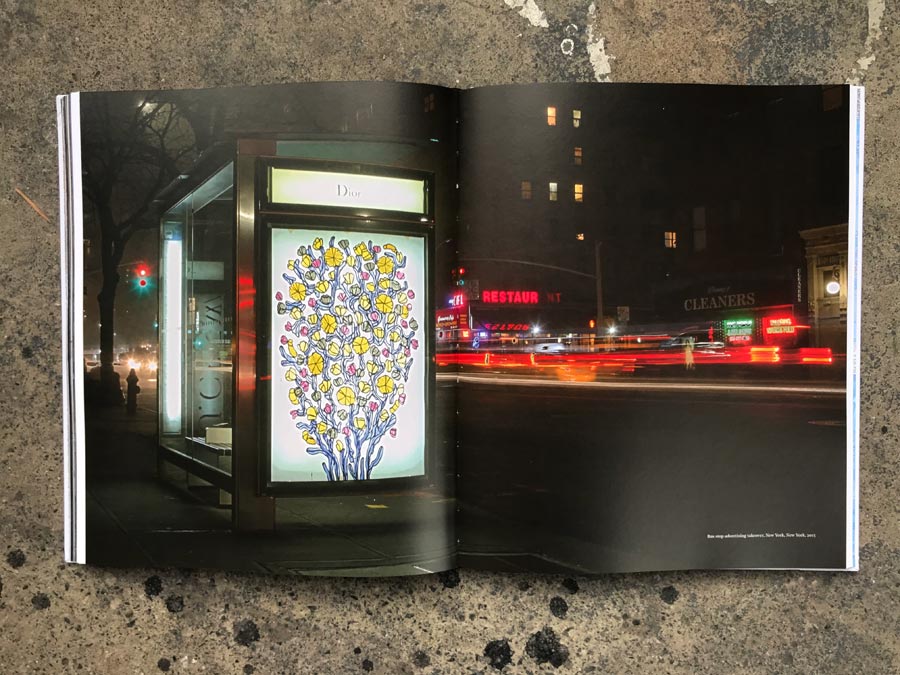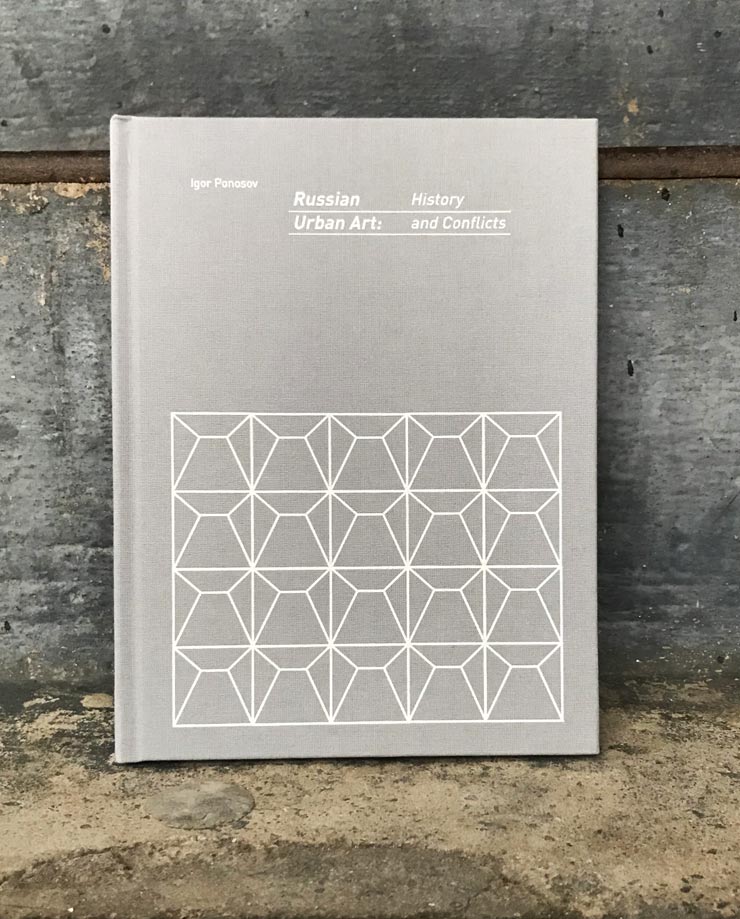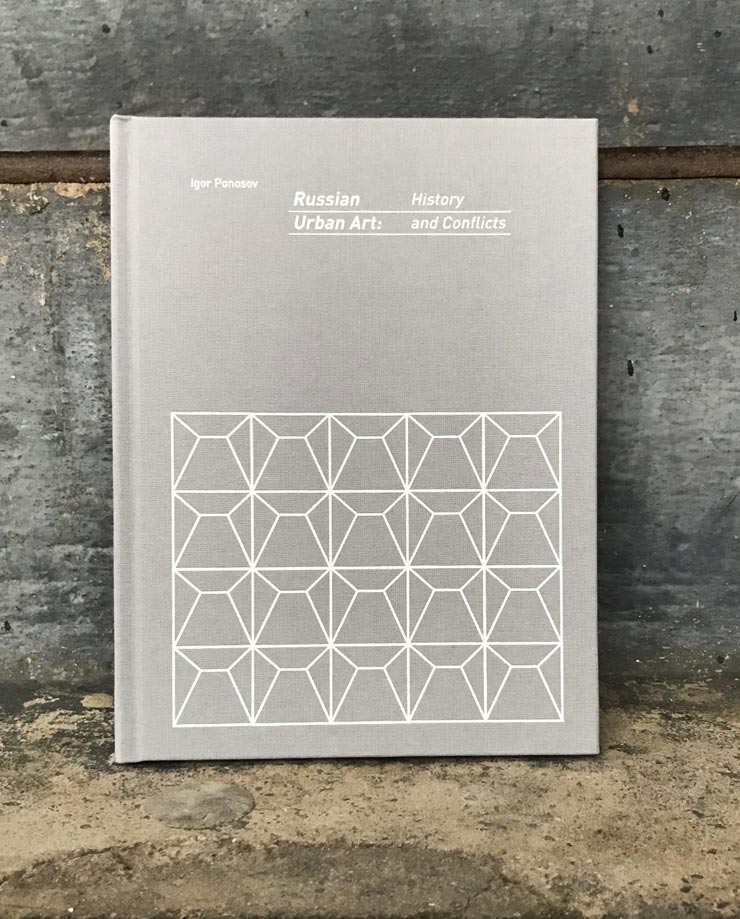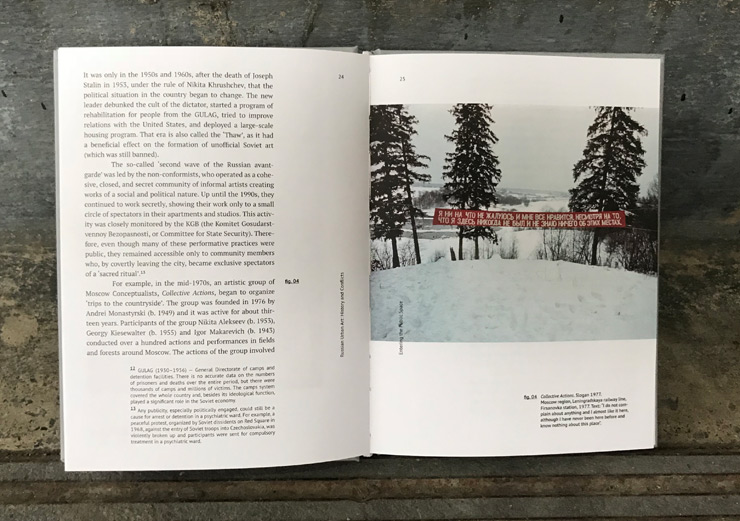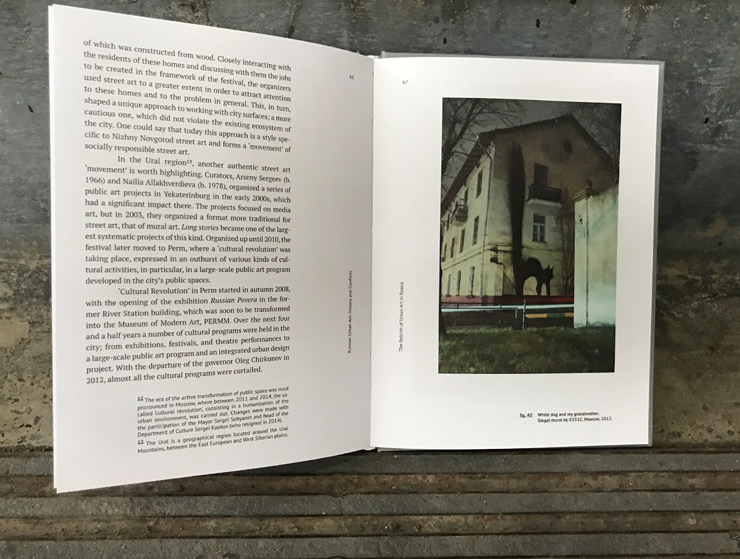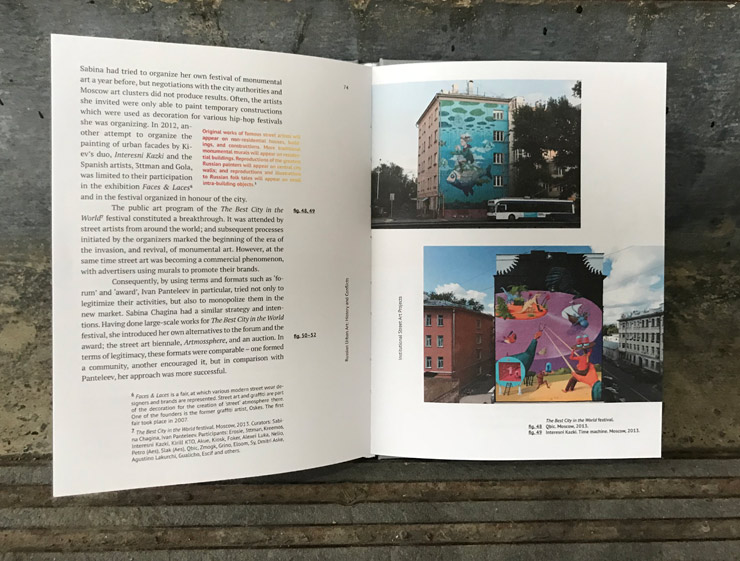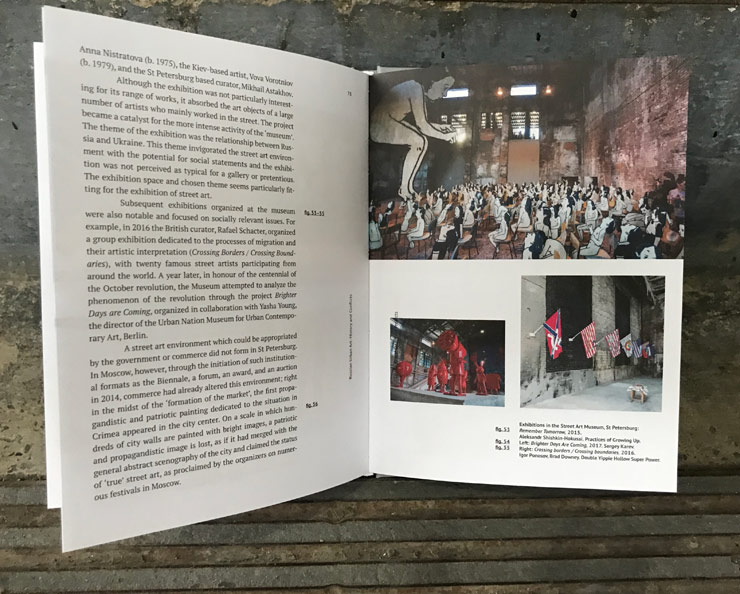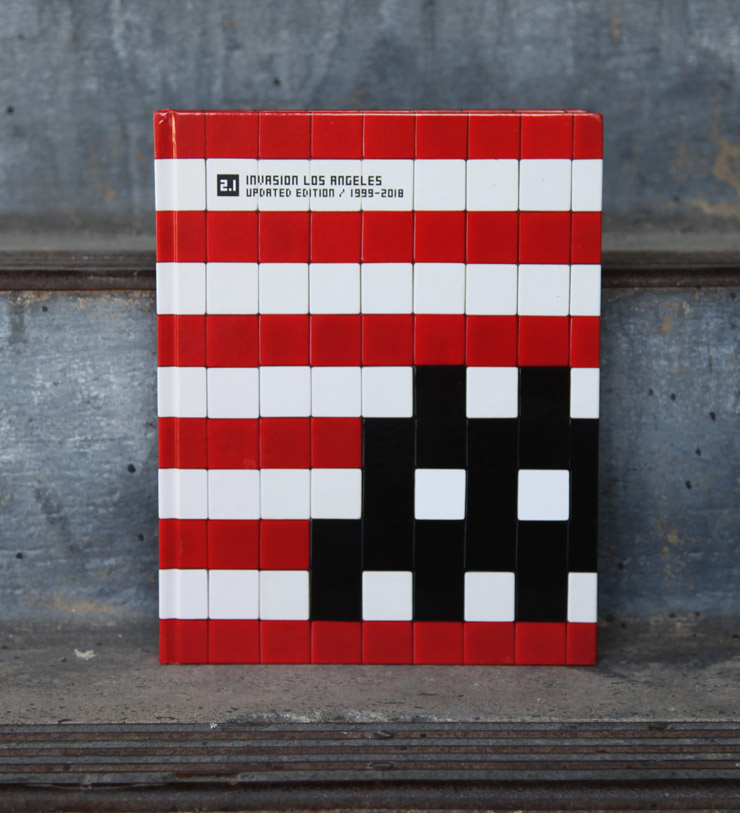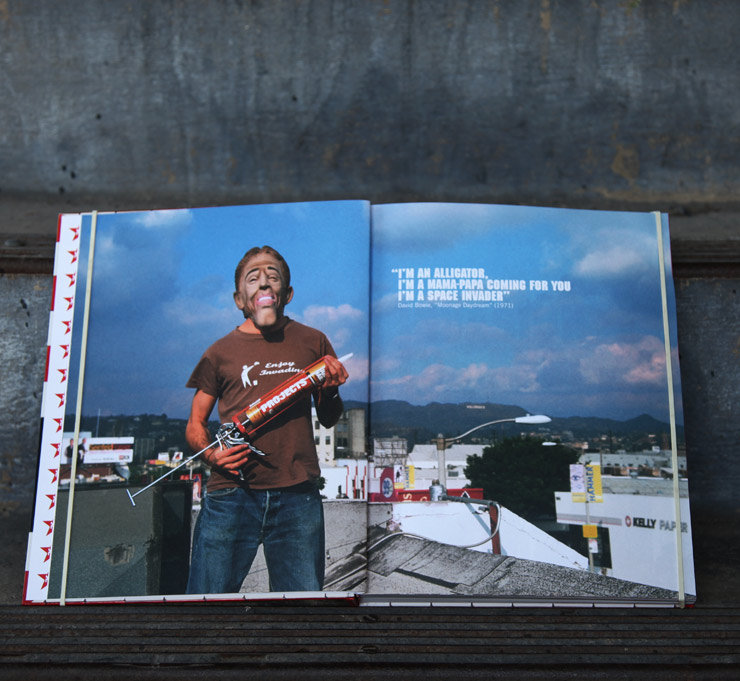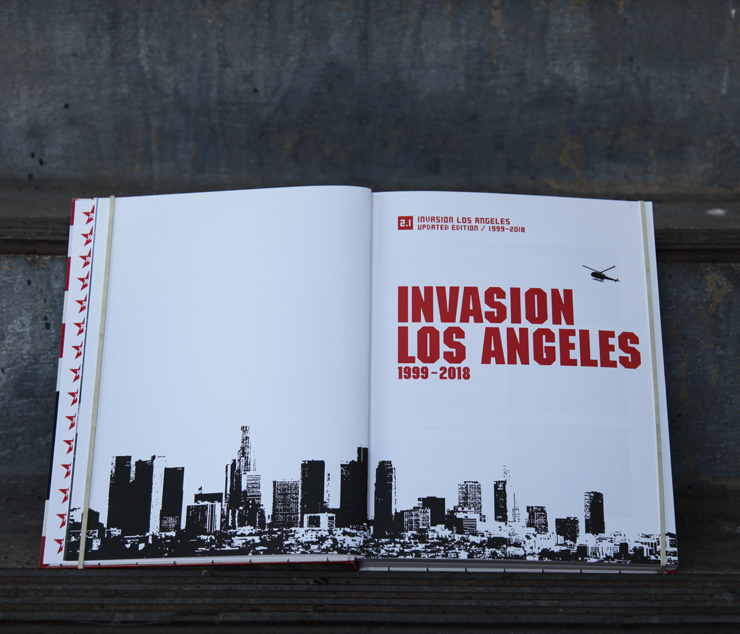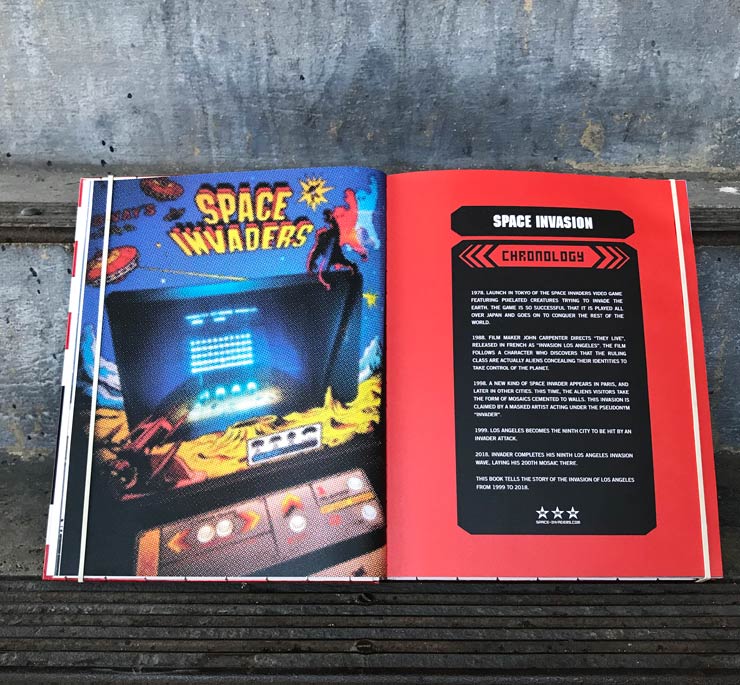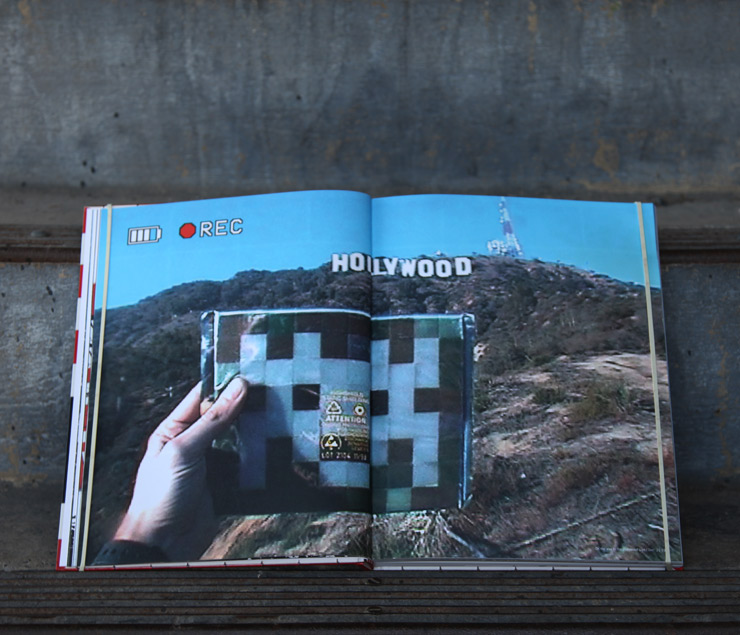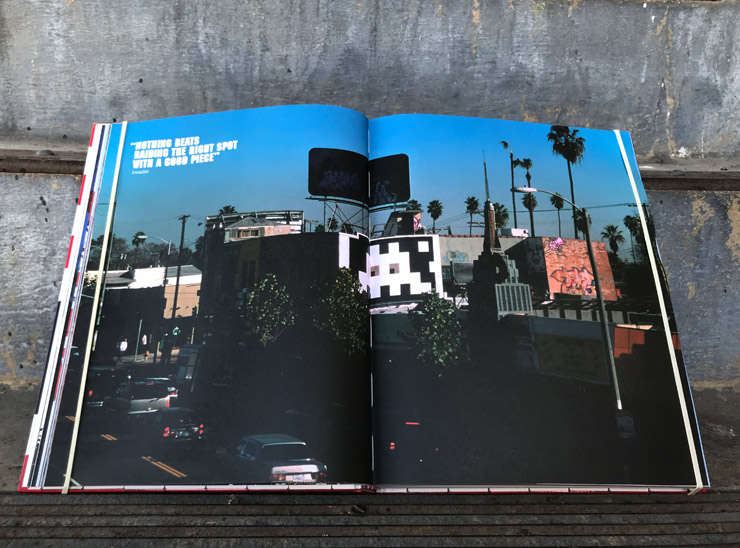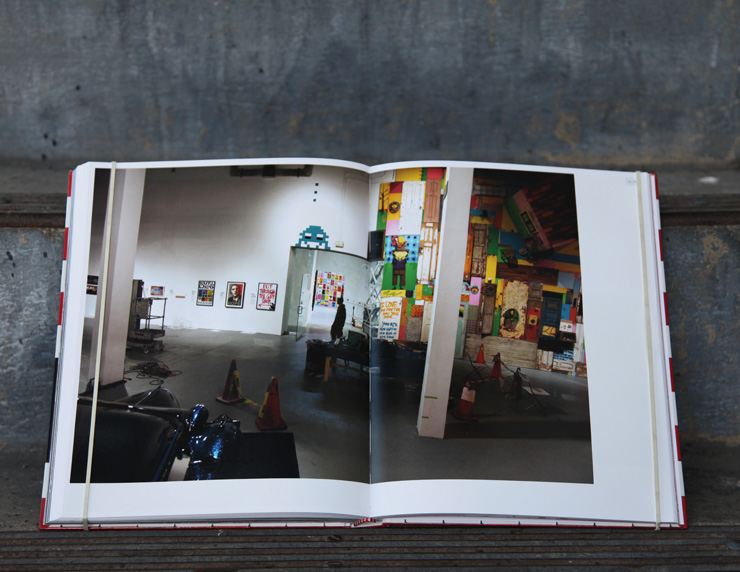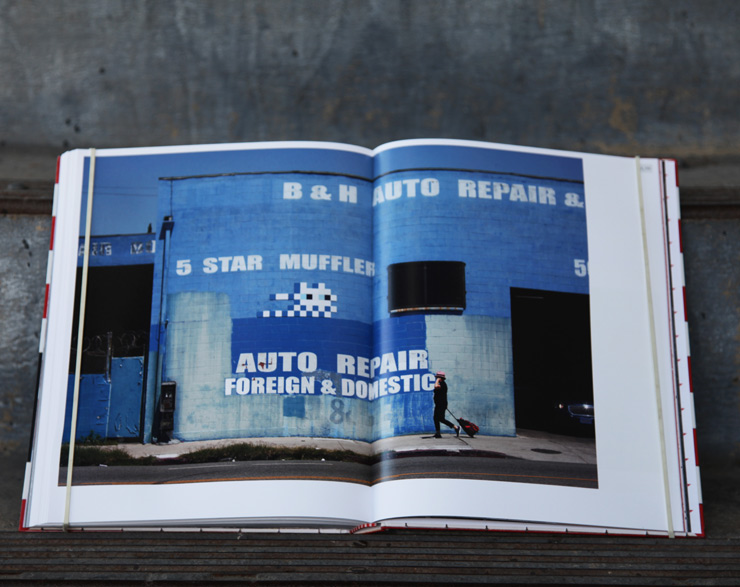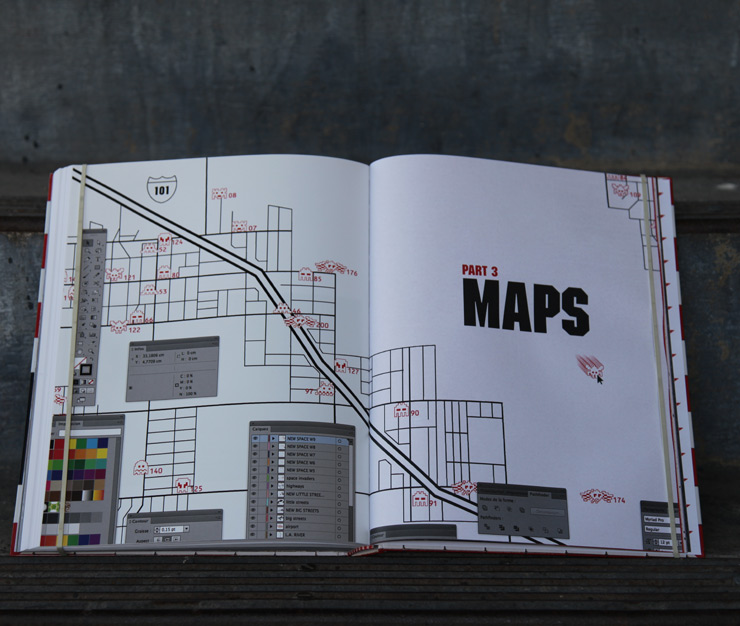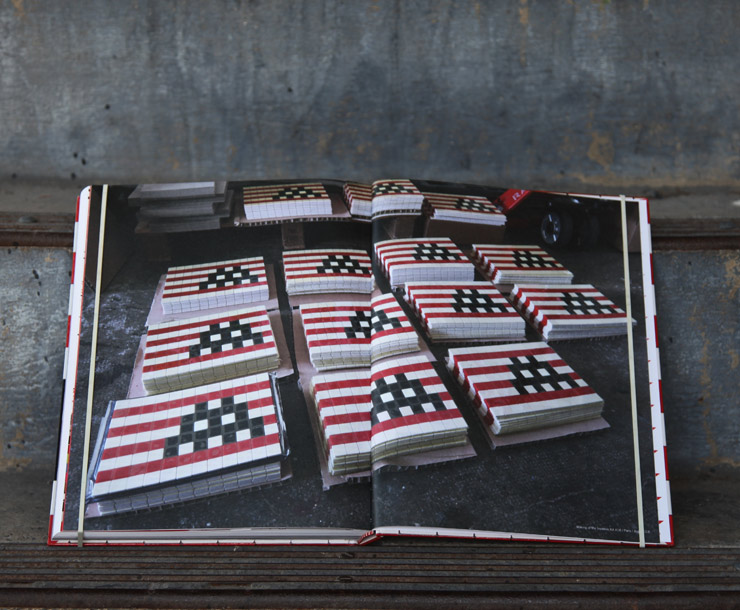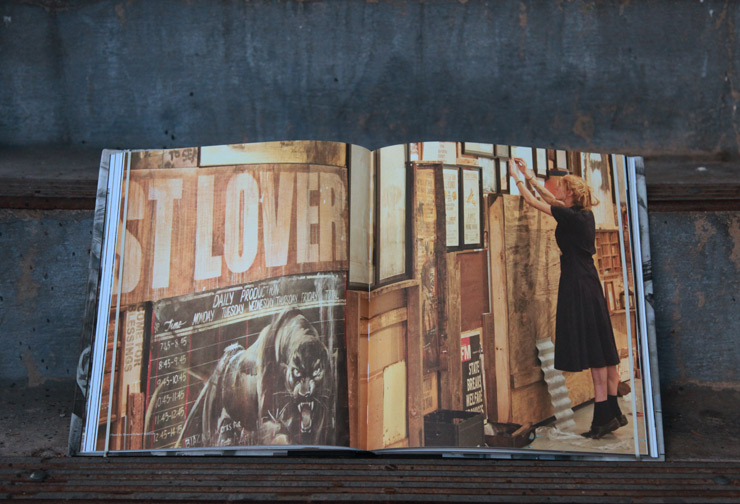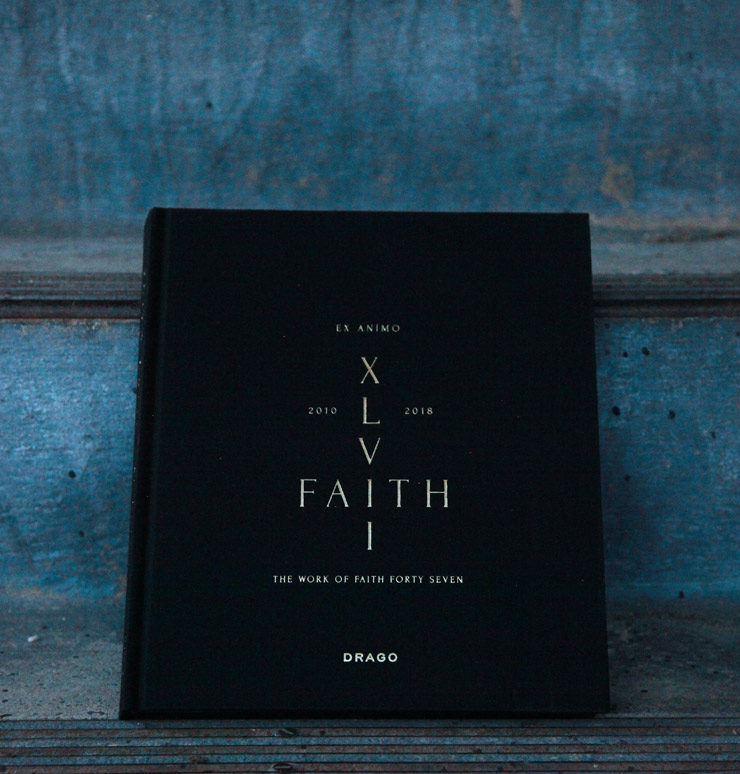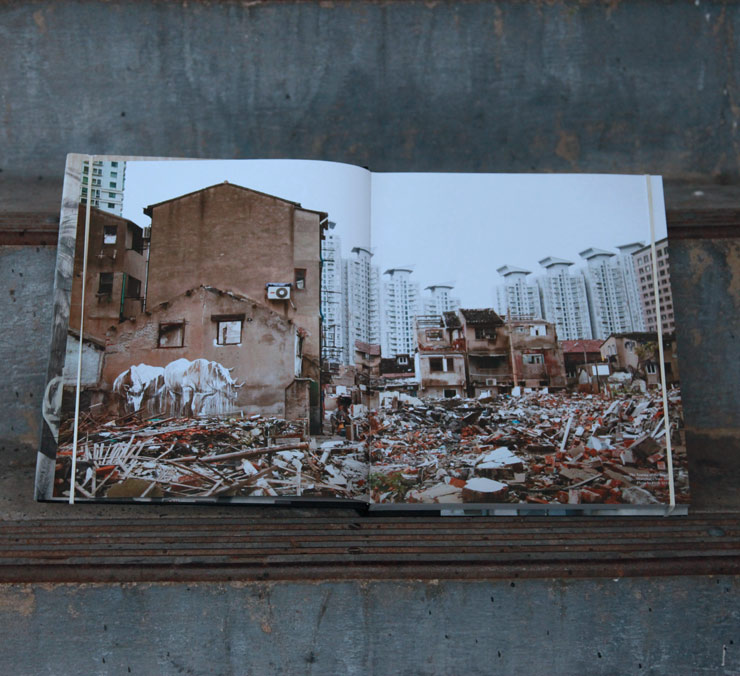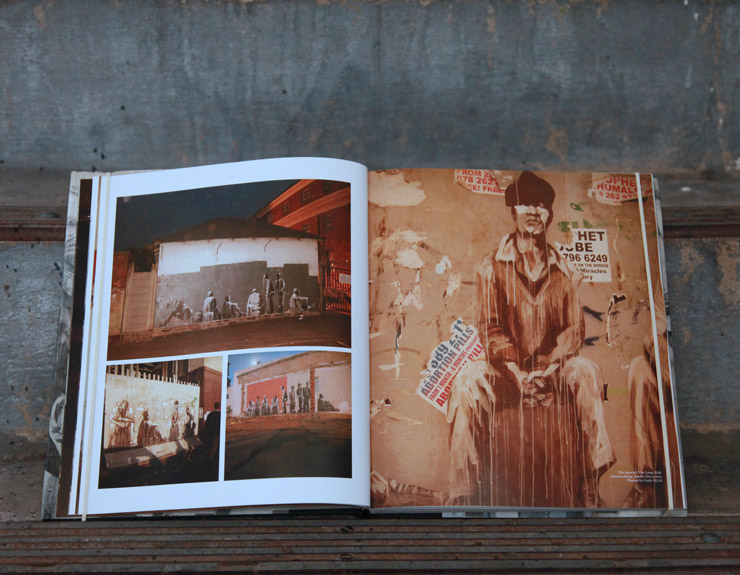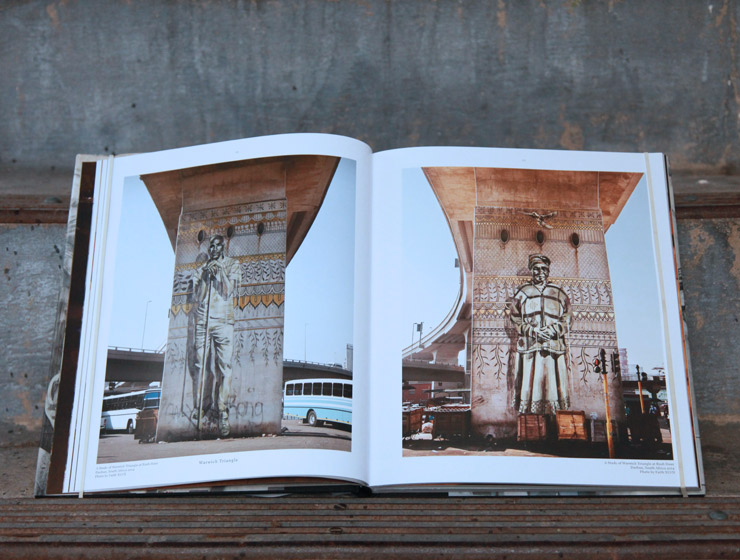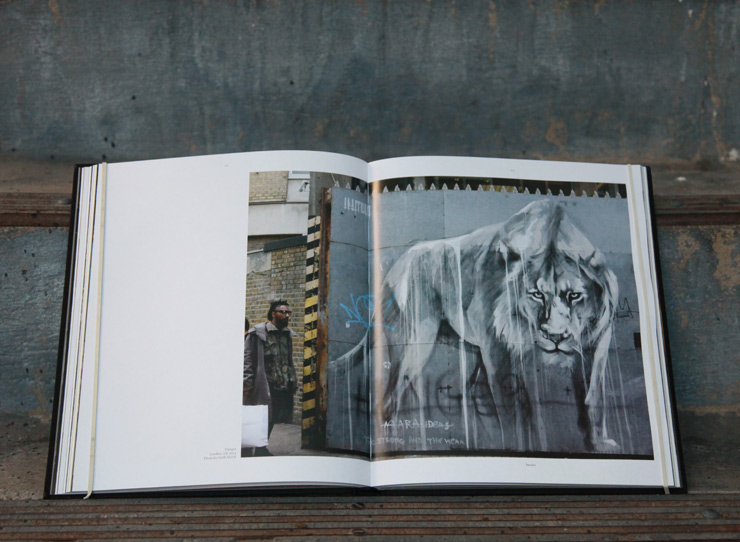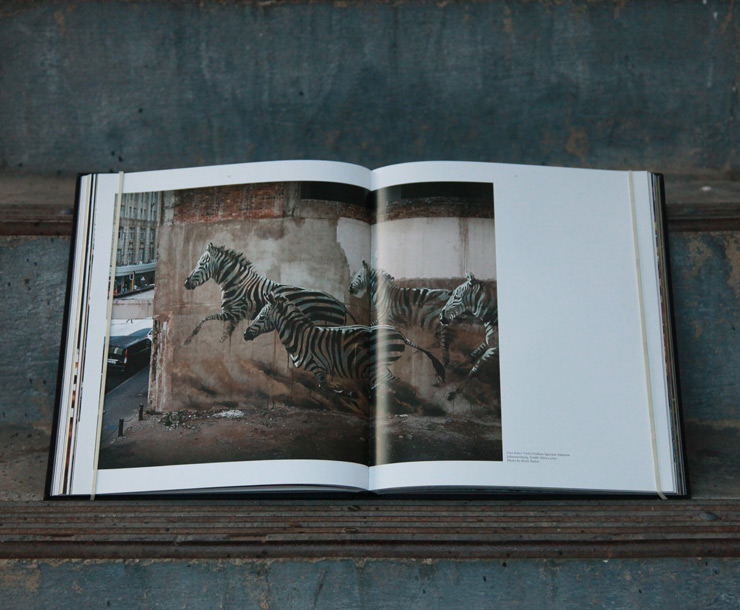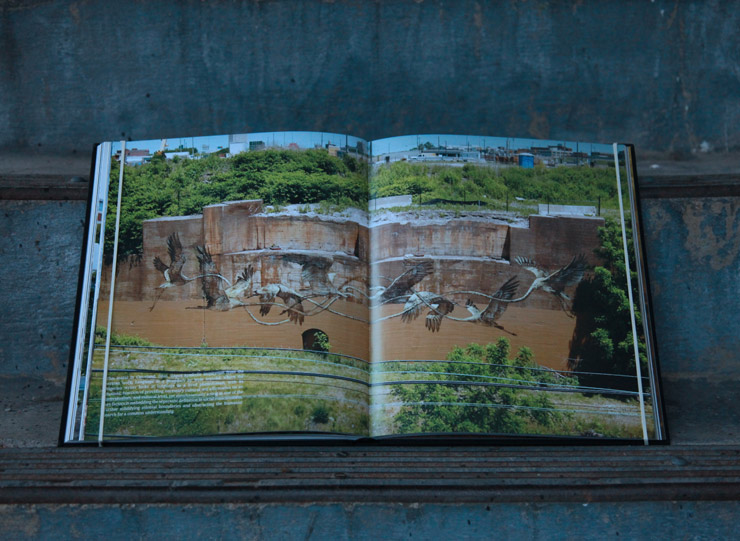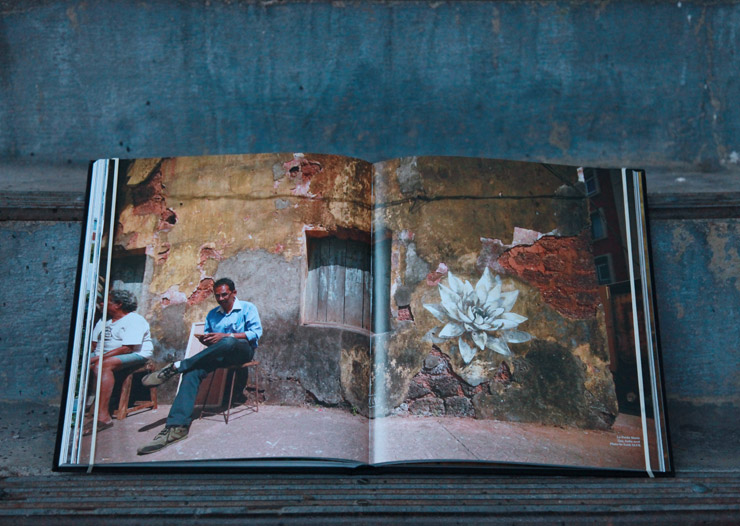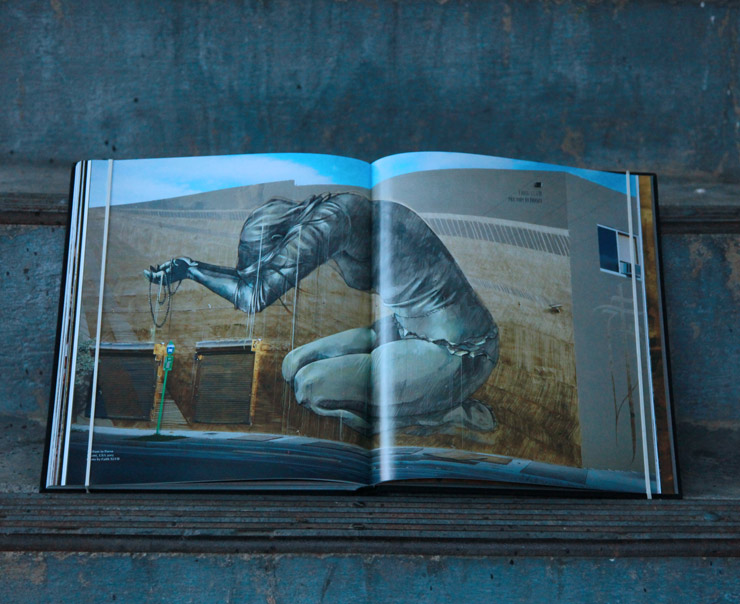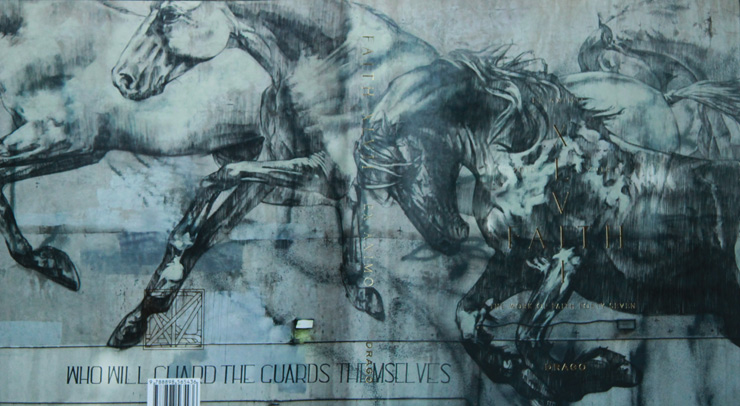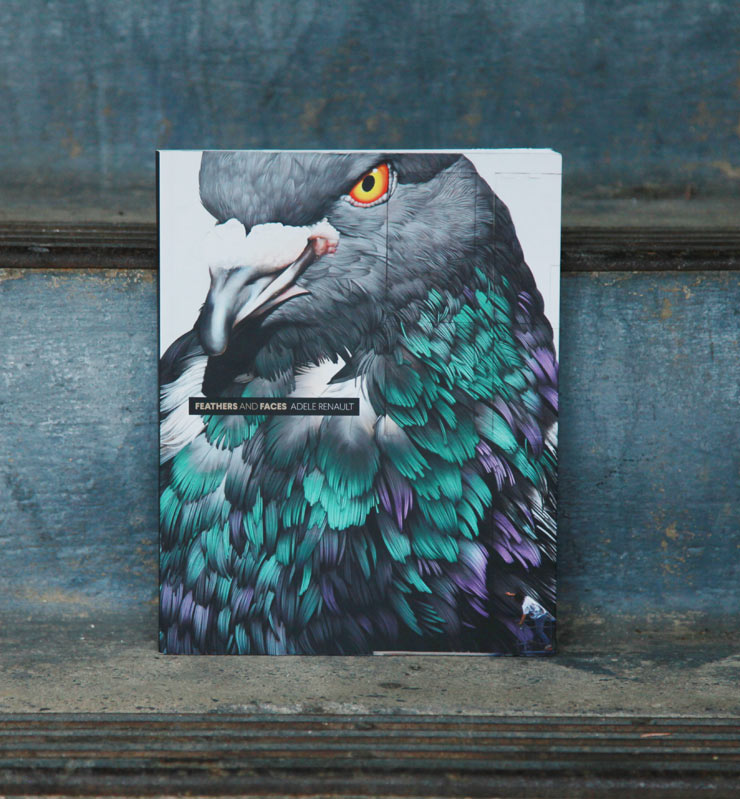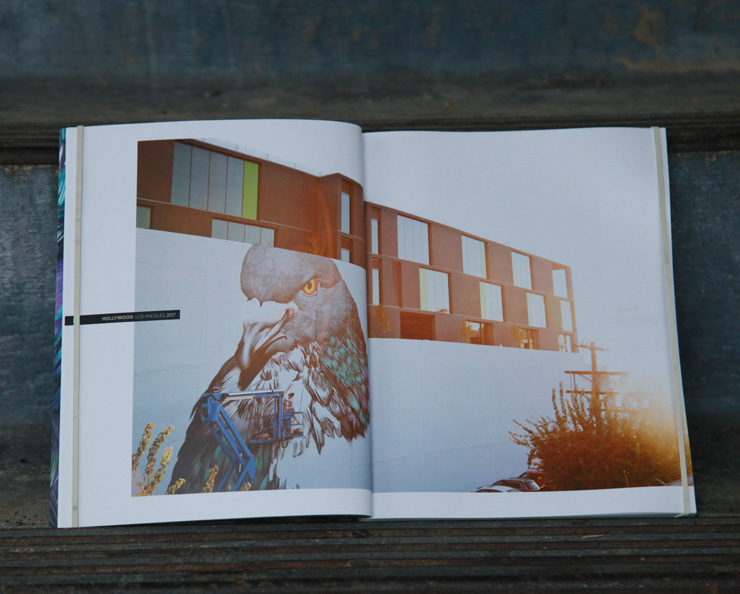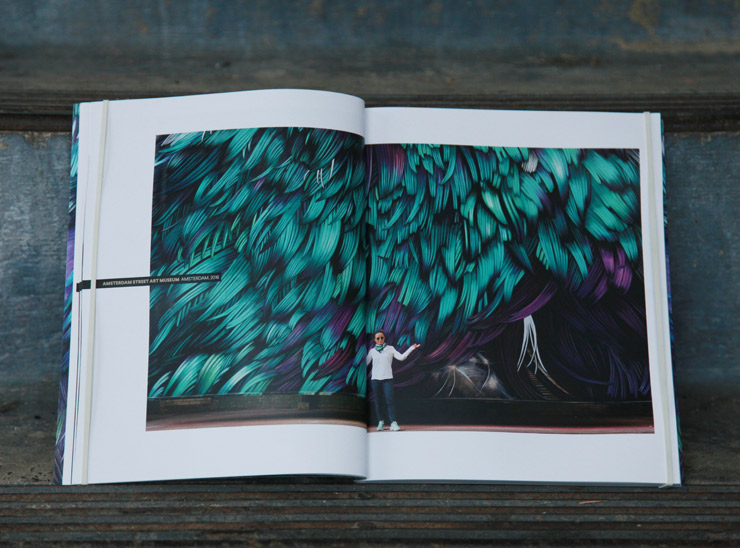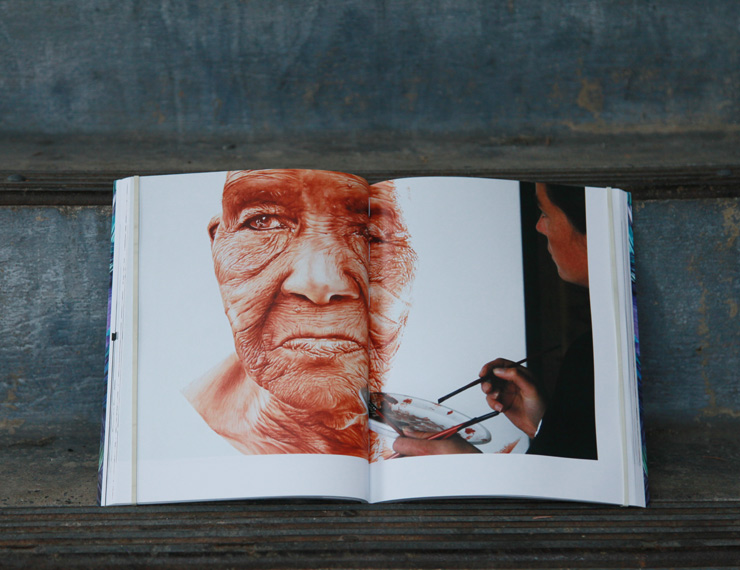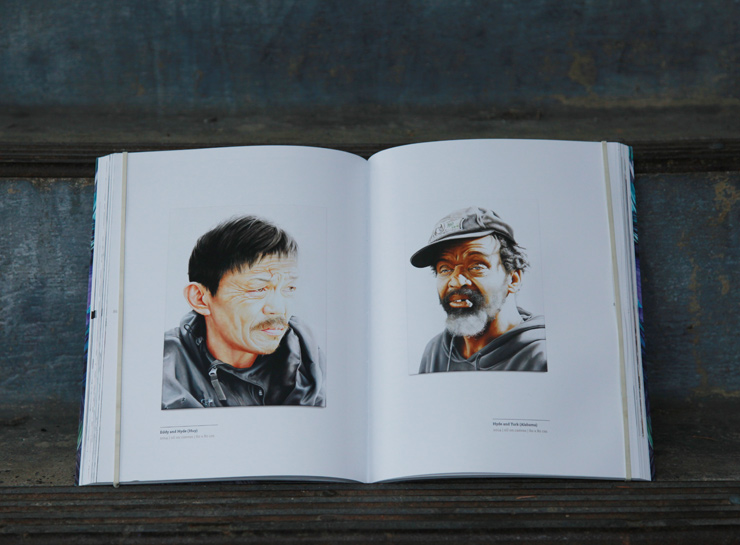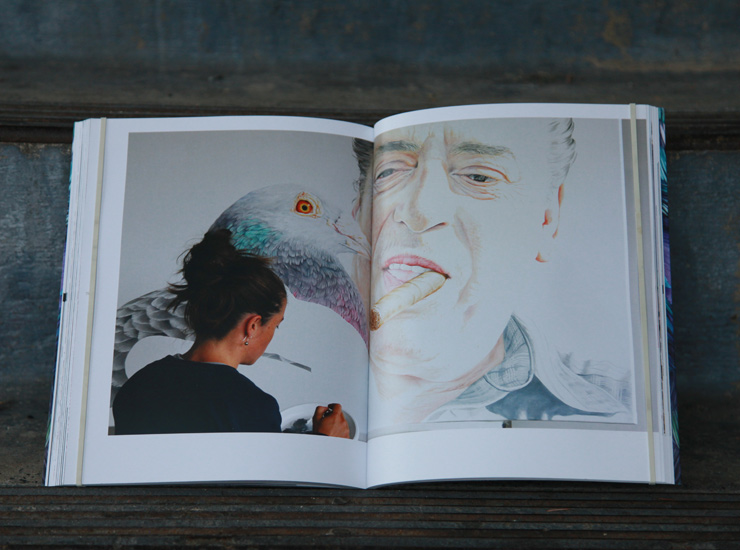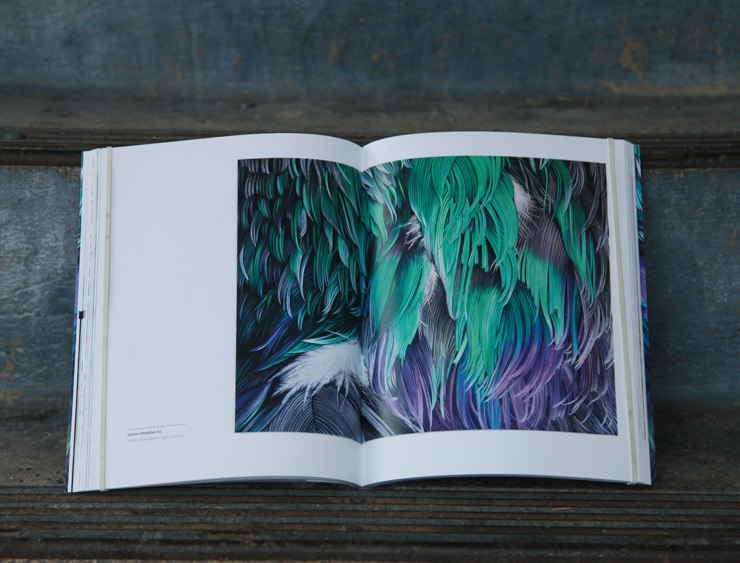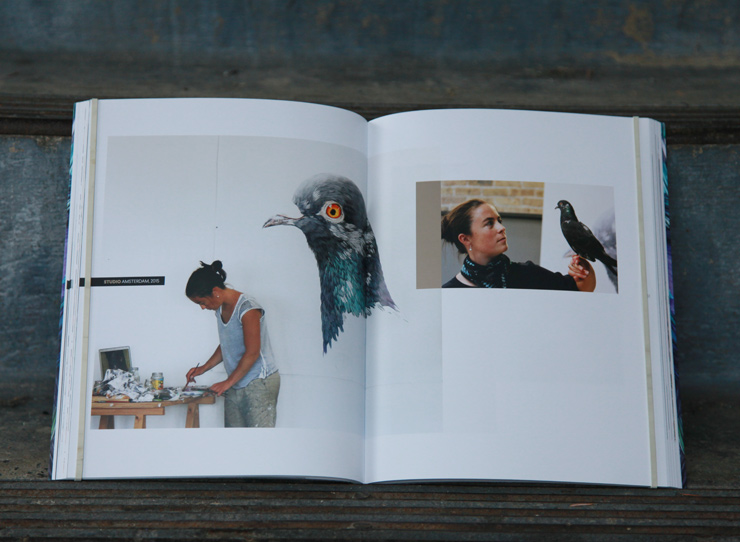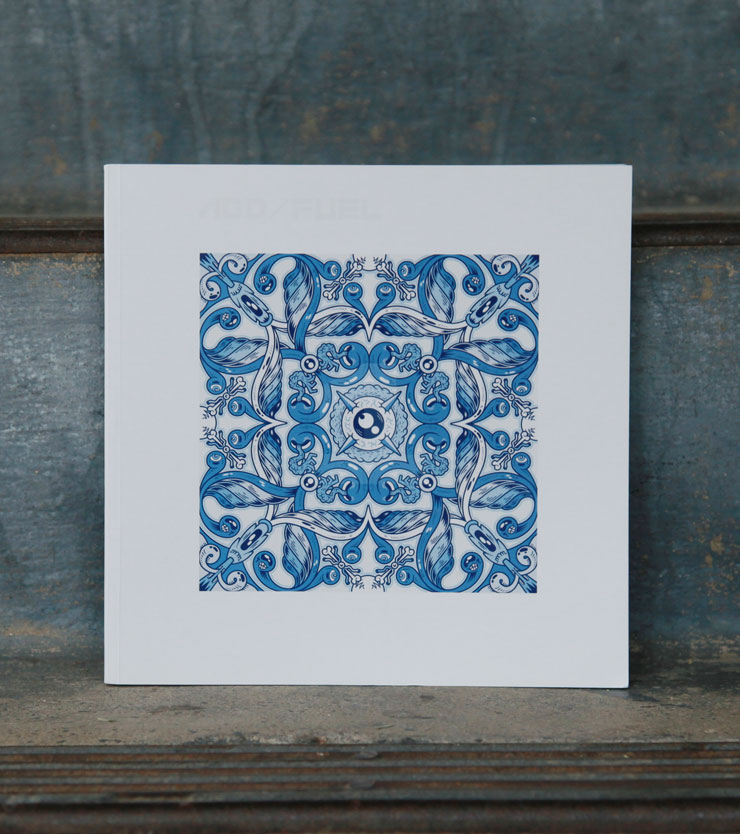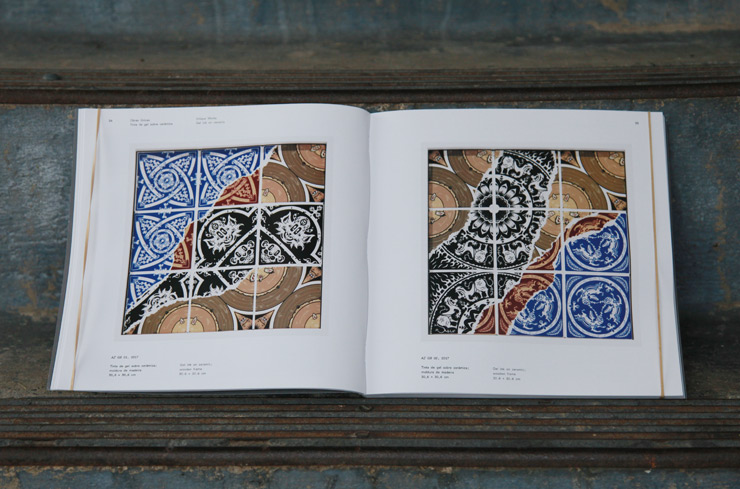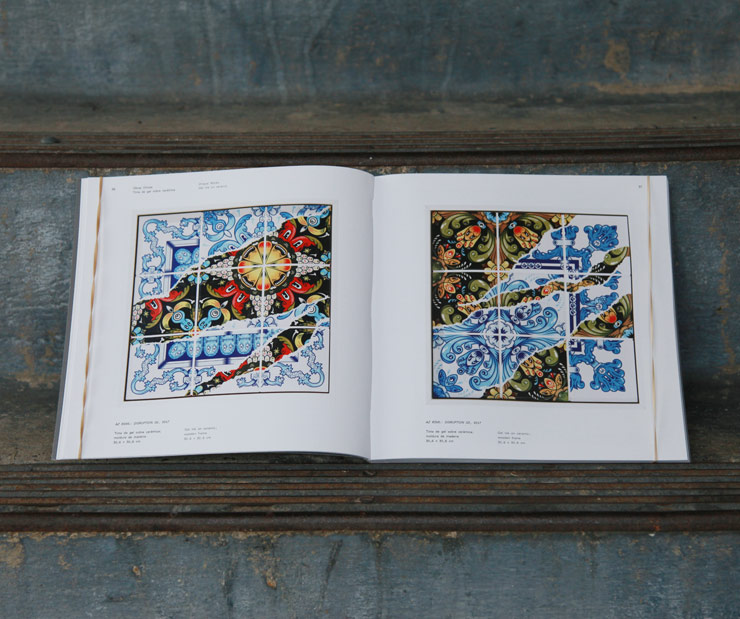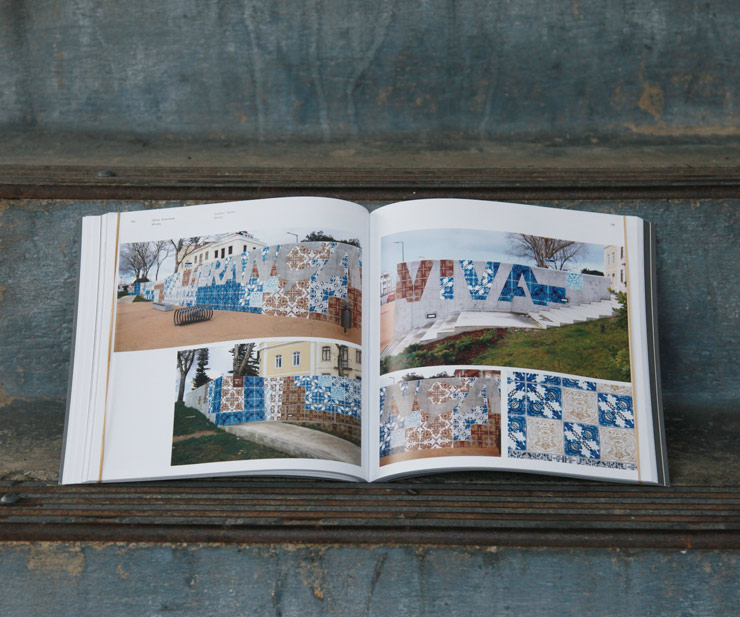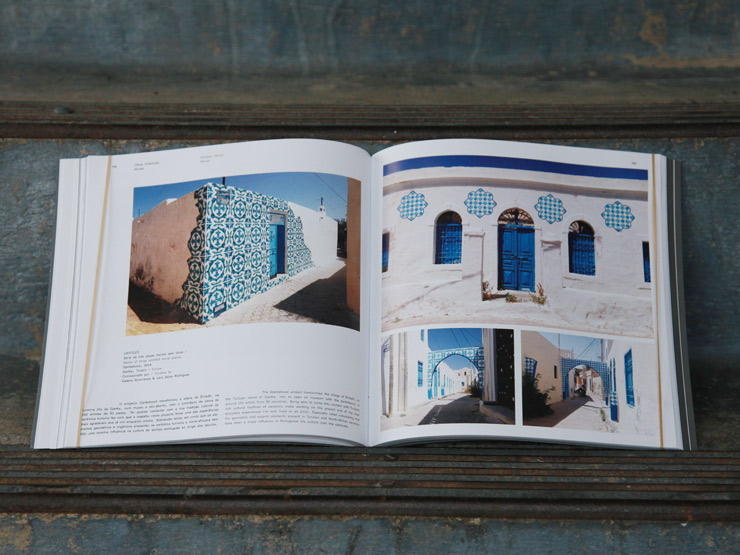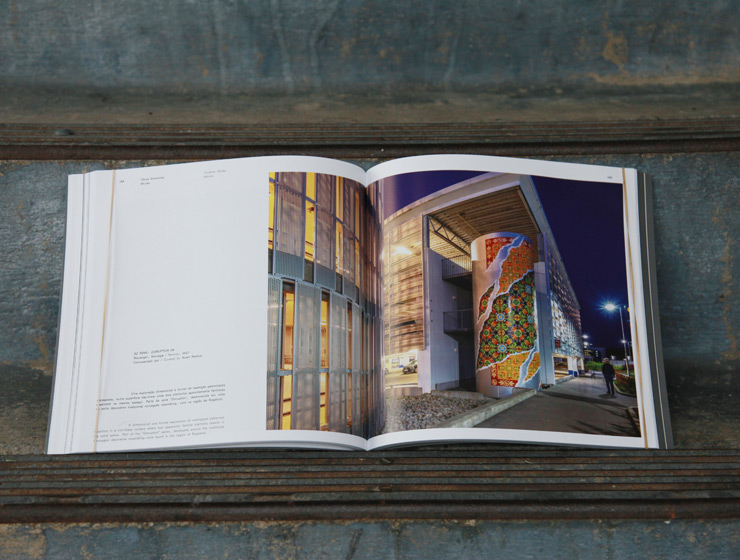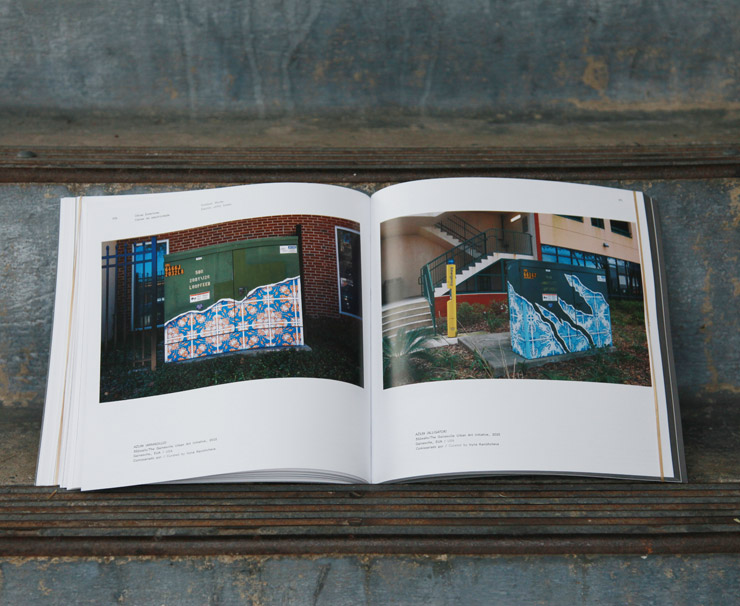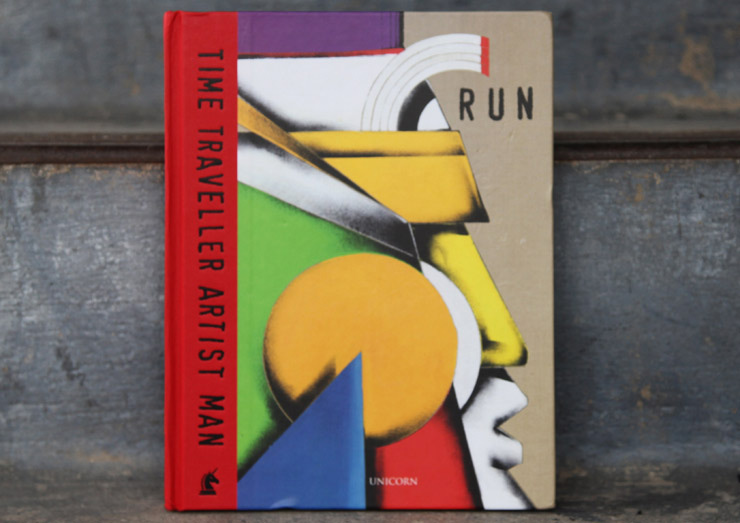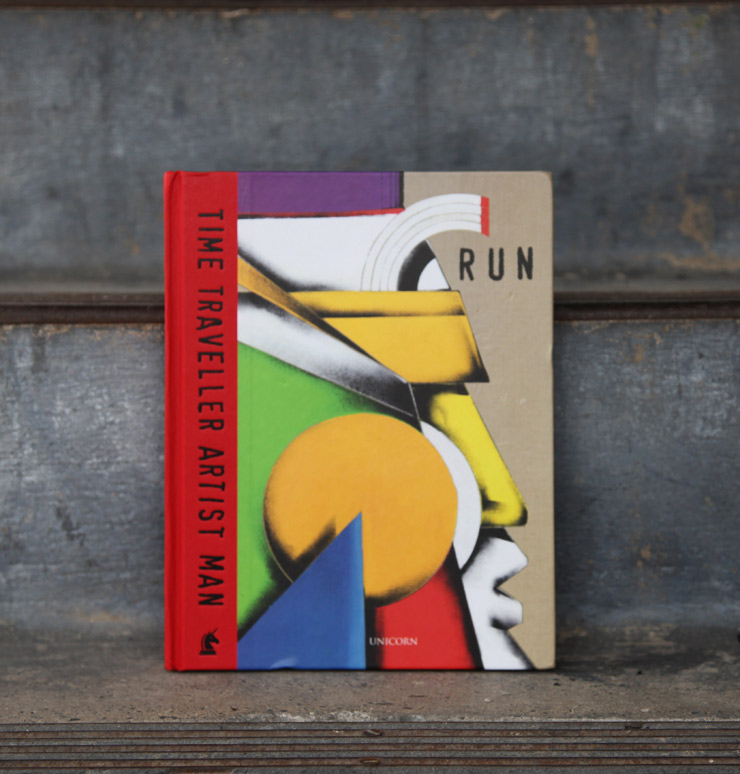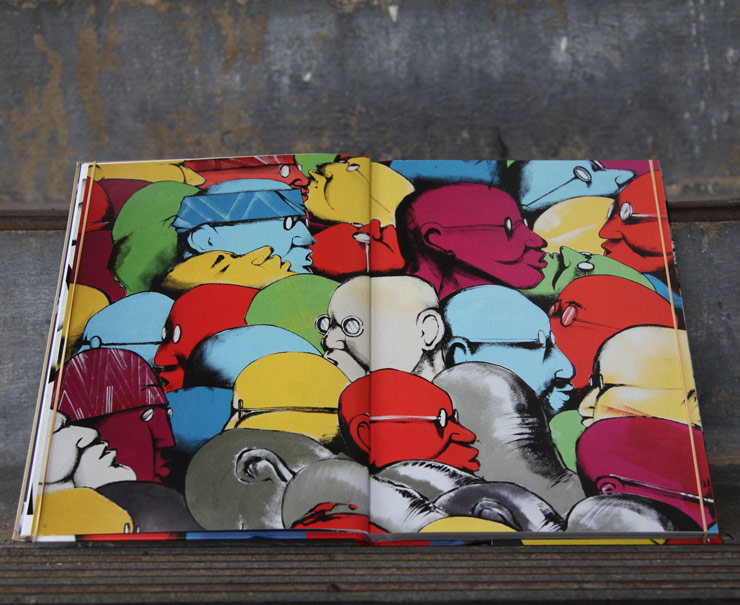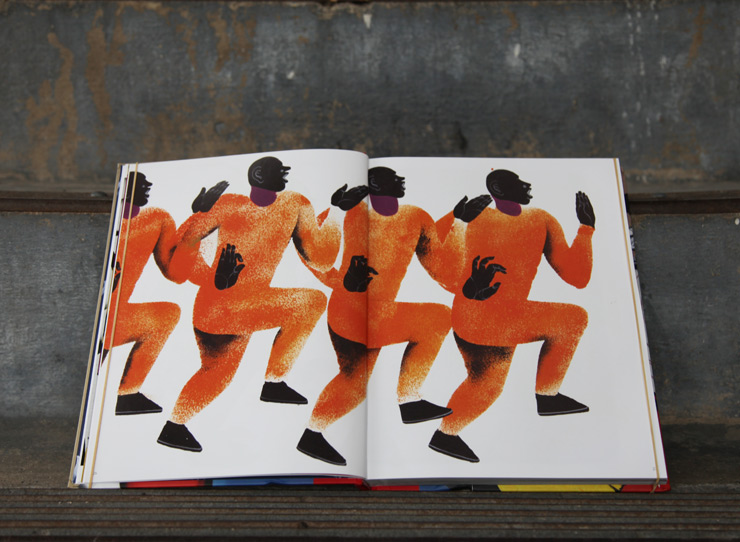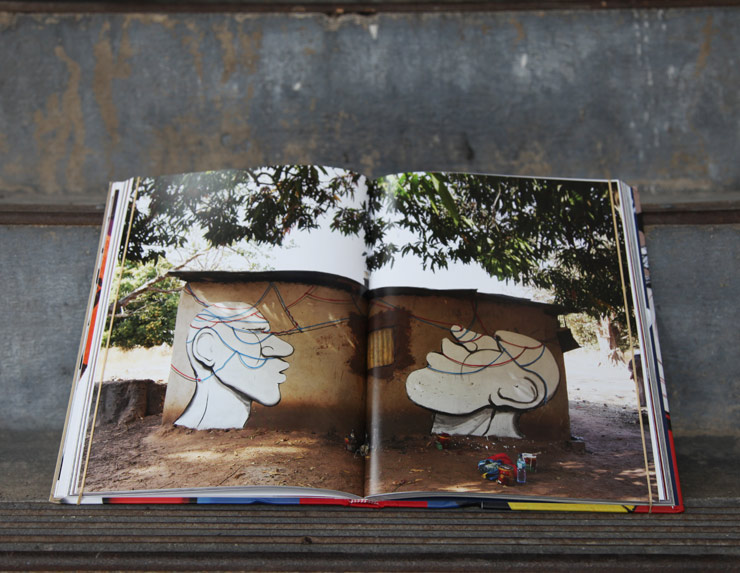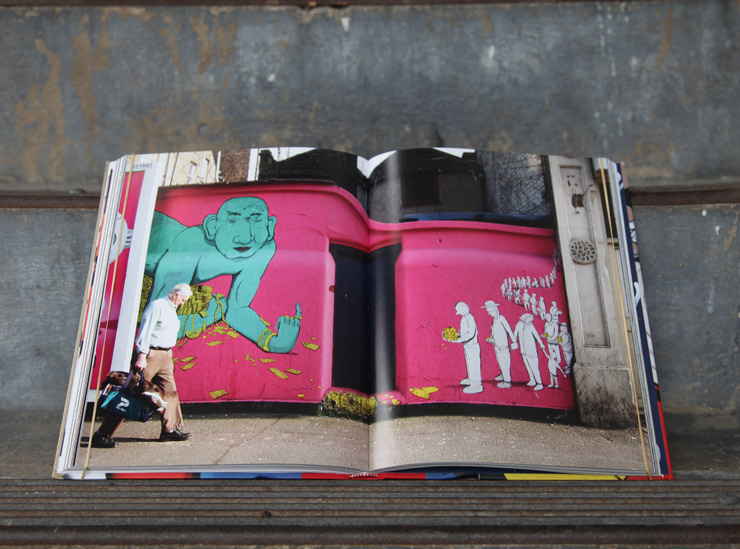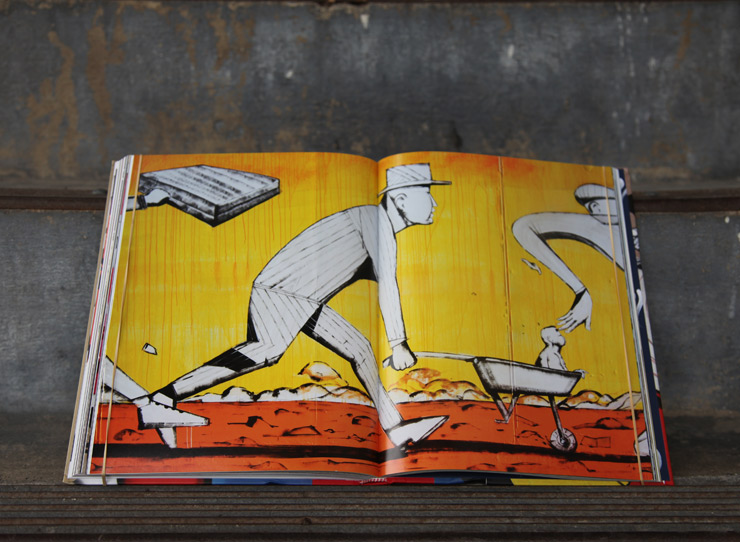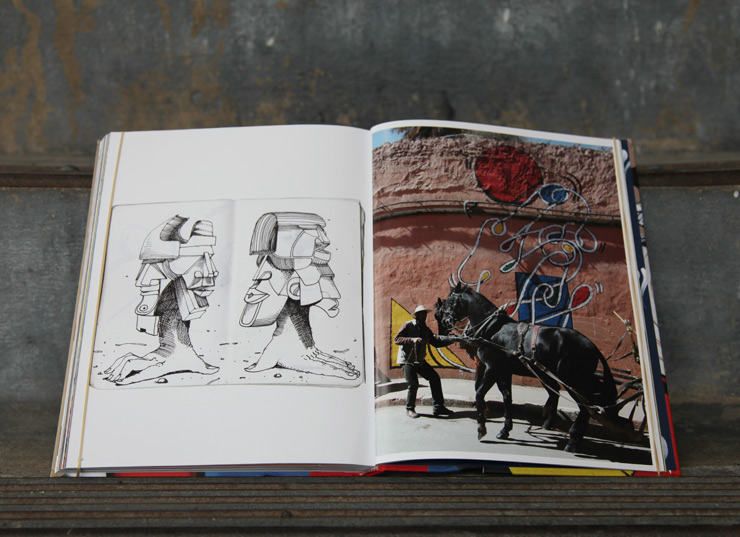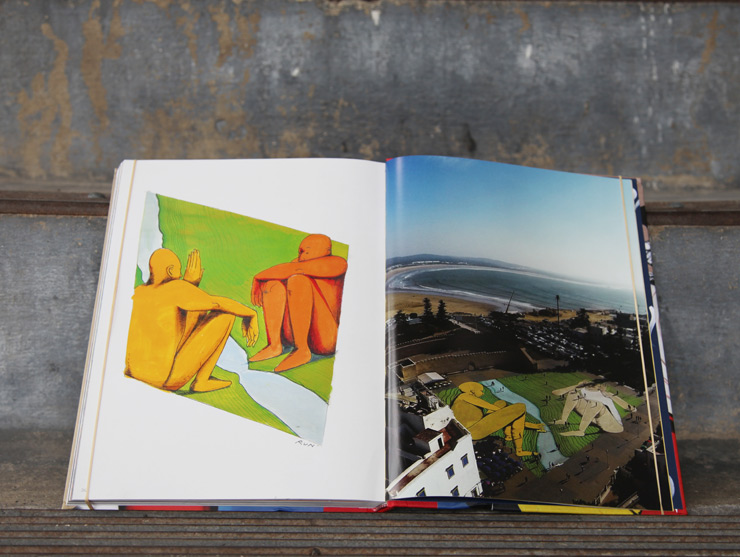The perception you may have of Tunisian calligraffitist el Seed’s new limited edition hefty white-box tome is that it will contain austerely designed blue chip contemporary works, a book meant to be stacked for aesthetic impact on the toniest of coffee tables. But often perceptions won’t give the full picture.
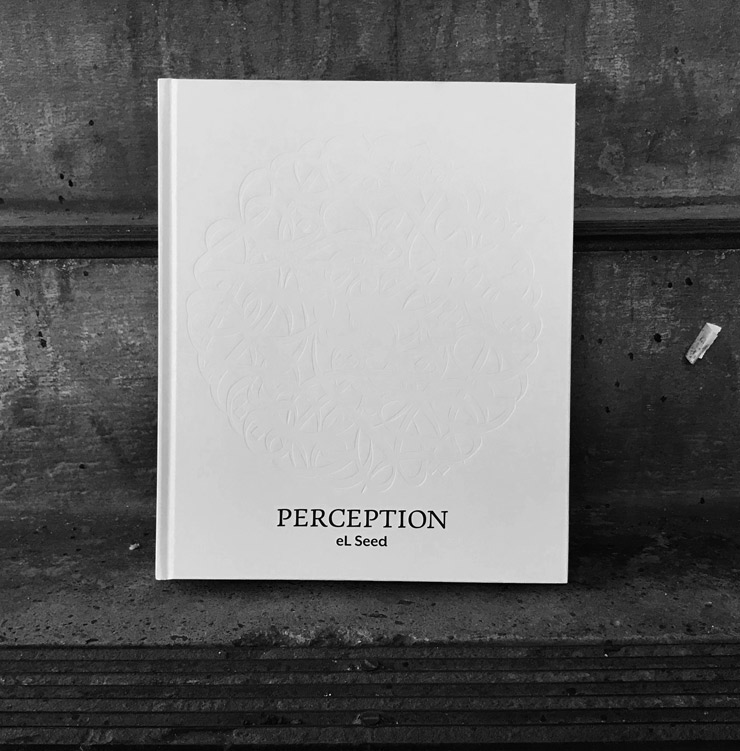
And el Seed is the first to tell you that in this deeply personal account of his art project across fifty buildings in Mashiyat Naser, a neighborhood of Cairo over two years ago. Born of his personal need to challenge himself and to add more to his career as a respected muralist, his original concept of working in this neighborhood of 70,000 recyclers was informed by his own assumptions, perhaps of helping a community known in the city as Zabbaleen, or “garbage people”.
Over the course of the project he and his team describe through interviews and with his own diary style how their own eyes were opened. It is an incremental revelatory experience that paralleled the quote that he stylized throughout the pattern of his piece, “Anyone who wants to see the sunlight clearly needs to wipe his eyes first,” from the writings of Saint Athanasius of Alexandria, a fourth century Coptic Bishop.
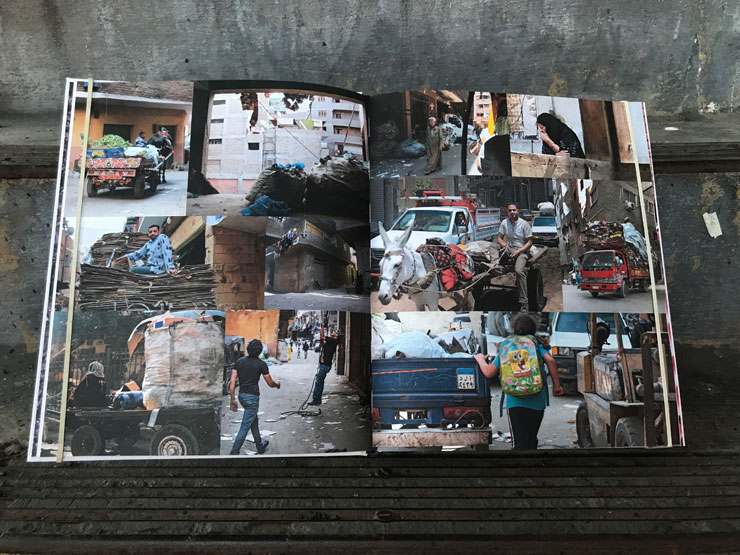
Scaling the power networks seems as natural to el Seed as scaling a massive wall, and he demonstrates his acumen for winning the approval and involvement with his project from the Othodox Church religious leader Father Samaan, whose permission is used to open doors in the community for painting. With the project the artist also garners the attention of MoMA in New York, specifically Glenn D. Lowry, who introduced him at Art Dubai after the project was completed and who writes the introduction to this book.
But here the artist tells you that nothing prepared him for his own personal transformation plunging himself into the neighborhood. With time he says he realized that he had an incorrect perception of the people who recycle the city’s garbage and that he received the larger gift from them.
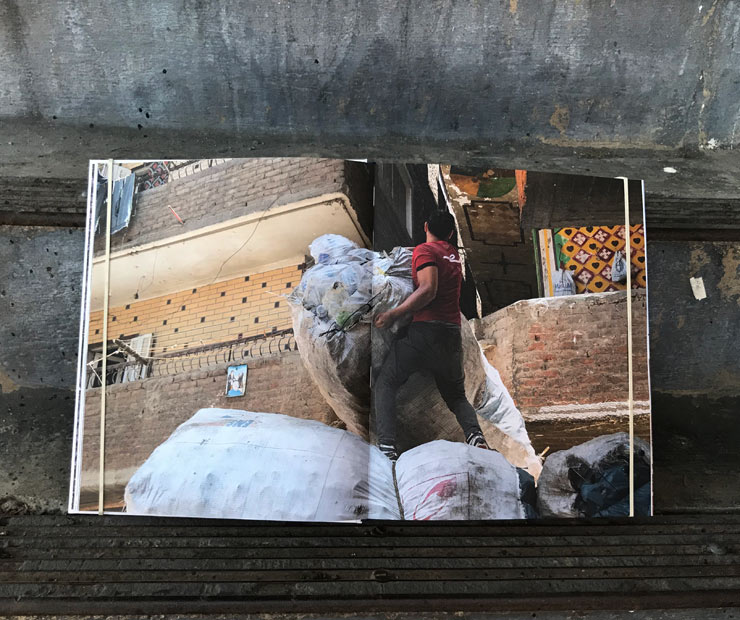
Through photography and interviews el Seed illustrates his own learning process as well as his own teams meeting the social, political and physical demands of such a public artwork. By following the story the reader gains appreciation for the process and the nature of life there in a part of the city that even his first taxi driver was hesitant to drive into. Despite the impressive massive public artwork that can be seen in its entirety from one specific vantage point, it almost feels to the artist that the art was secondary to the project.
“The project helped establish a dialogue, create a connection. Looking back, we understood that this was born out of recognition,” he writes. “We approached a rejected community and involved it in a piece of artwork. They were part of the creative process by their presence, their looks, their smiles and their proffered hands. There’s no doubt that’s how we got through it, despite the steep streets, unsteady houses, unexpected electricity cables and heaps of garbage.”
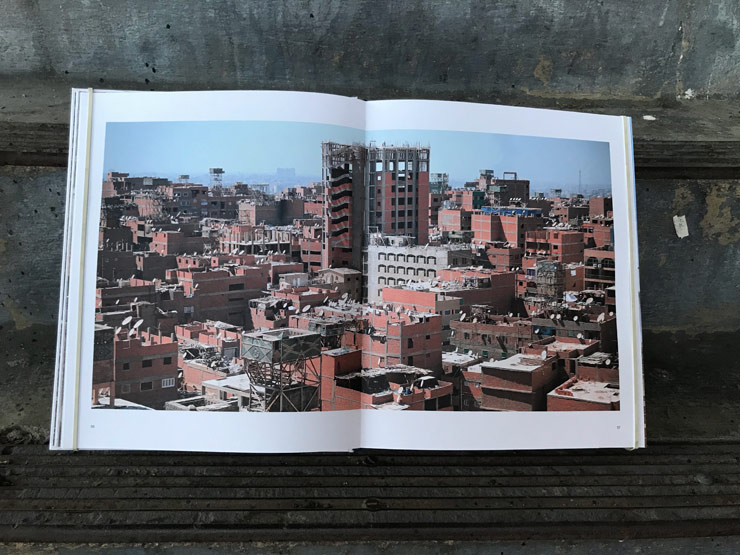
The neighborhood has garnered international attention in recent years, drawing a string of international ‘news’ crews who produce shallow, sensationalist and ultimately degrading pieces, a series of bad experiences that have left locals feeling far more suspicious of outsiders – especially those with probing questions and camera equipment.
Mahdi is a photographer/videographer who has worked with el Seed in the past and who followed the team throughout the weeks of installations capturing not only the community, the architecture, and the painters but also the various livestock that are raised on roofs or in backyards in this dense part of the city – contributing to an often overwhelming acrid smell. As the documenter of the Perception project Mahdi says that he gradually realized that he had misjudged the folks who lived there.
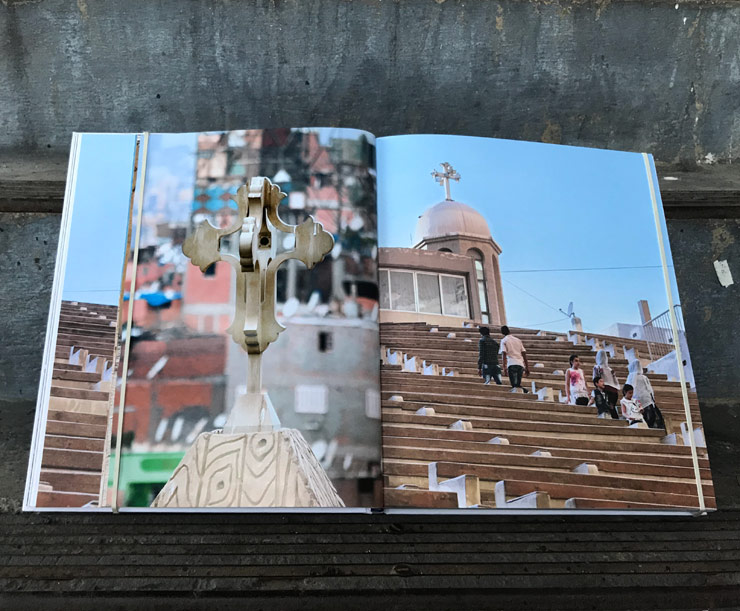
“I was not so convinced that these people really like their life or that they were not bothered with any details of their job until the day I interviewed Abu Atef,” he says. “That man and his wife were proudly announcing in front of my camera that it is their job to collect the trash from the big city and that without them Cairo would be full of trash and dirt. They were so proud and happy with their life; I’ve never seen people as happy as them. The life in that neighborhood is hard, the work is so hard, but their smiles are stronger.”
One of the team painters says that although the work of using less-than-optimum hand cranked lifts to paint poorly constructed brick walls day after day in intense heat caused him to discover “some muscles that I had no idea existed in my body,” the bonds he made were stronger than any other job he’d had.
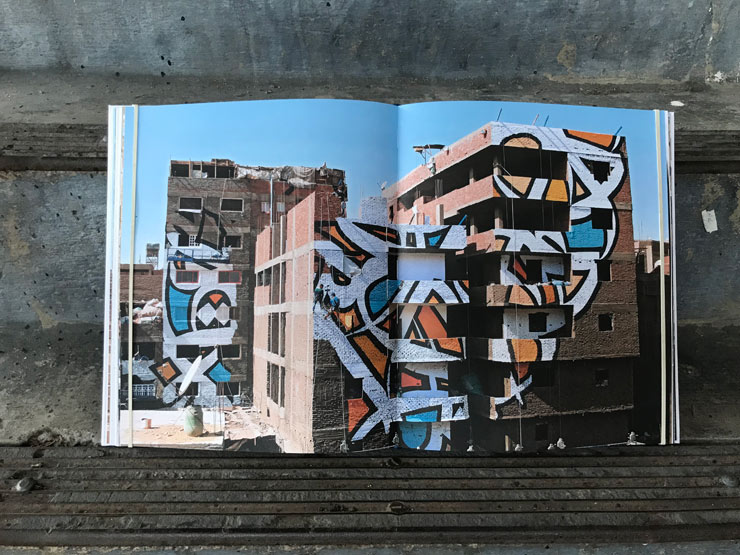
“The connection that we had with the community was insane. I worked with people for years in offices and for different companies but I didn’t stay in touch with anyone. I worked for three weeks with these people and the team, and we are still in touch.”
“After a few days the light they had inside of them started to come out. I stopped judging them and I started to see who they really are. I’ve never seen people who work like that in my life. They never stop, they work almost every single day and they only have one week off during the whole year. And they are smiling all day long. I still remember the family of Uncle Bakheet while they were sorting the trash, laughing and joking with us. This project made me “wipe my eyes”.
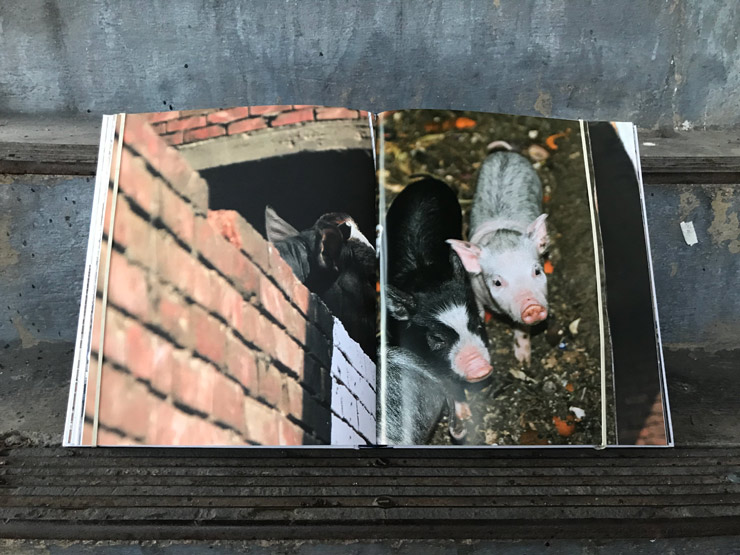
The photographs are genuine, generous, and not sentimental. The prose a bit sweetened, the emotions expressed not always flattering, the descriptions even-handed, the vulnerability a gift. In the end, the artist says that he and the team were amazingly proud of the massive anthromorphic mural and the group effort that made it happen. They and the neighbors were also thrilled with the effect of the large black lights that turned the fluorescent underpaint of the white areas into a miraculous view – a secret for the audience until the moment the switch was thrown. What resonates is the deep emotional connection that appears to have affected so many of the participants; lives that were indeed transformed by art.
“In the touching and colorful tranquility of their existence, the exceptional and unique community of the Zaraeeb offered us a valuable philosophy of life, of inevitability, equanimity, humor, human values, hard work, generosity and determination,” says el Seed.
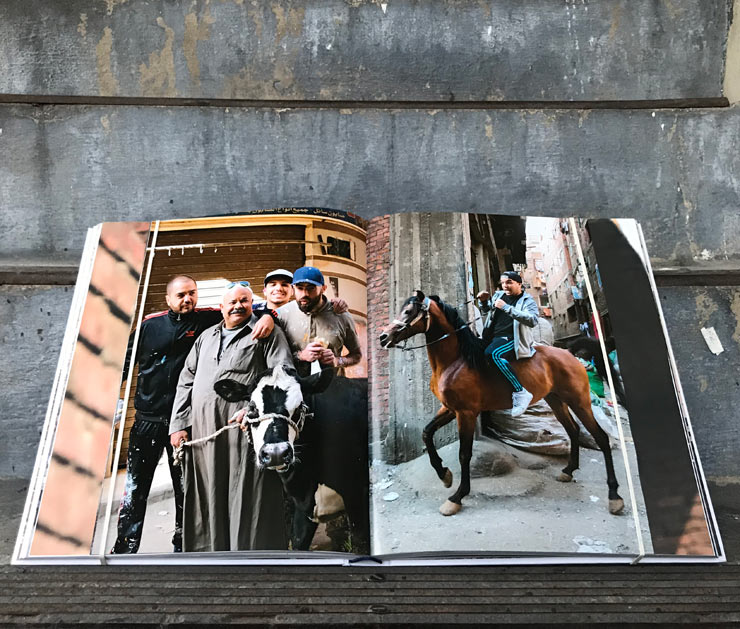
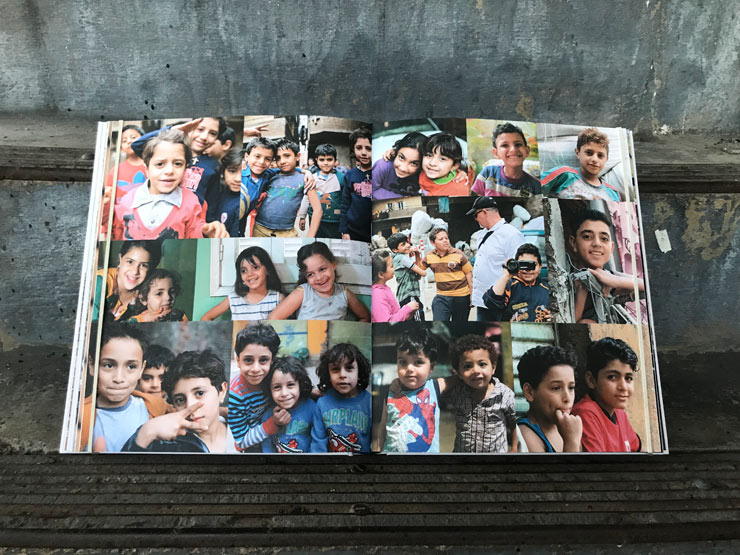
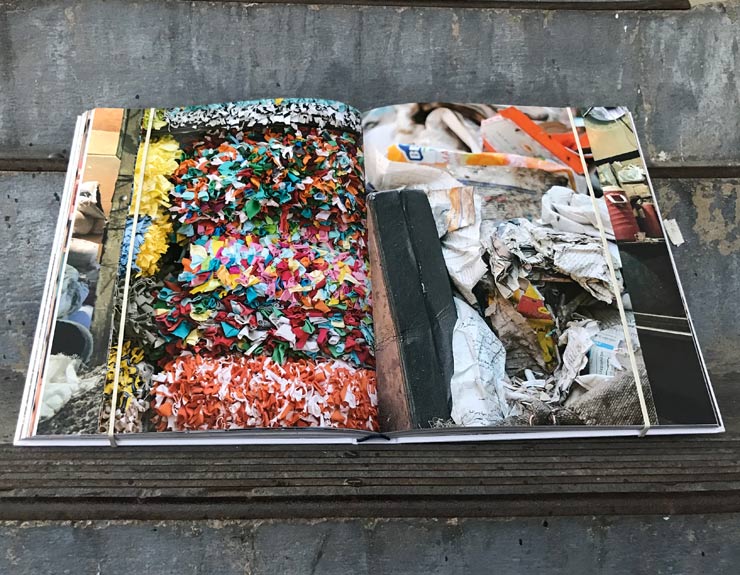
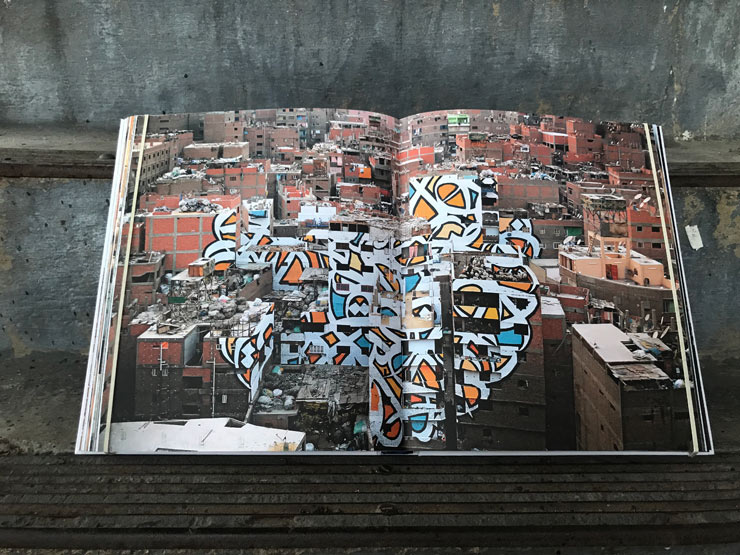
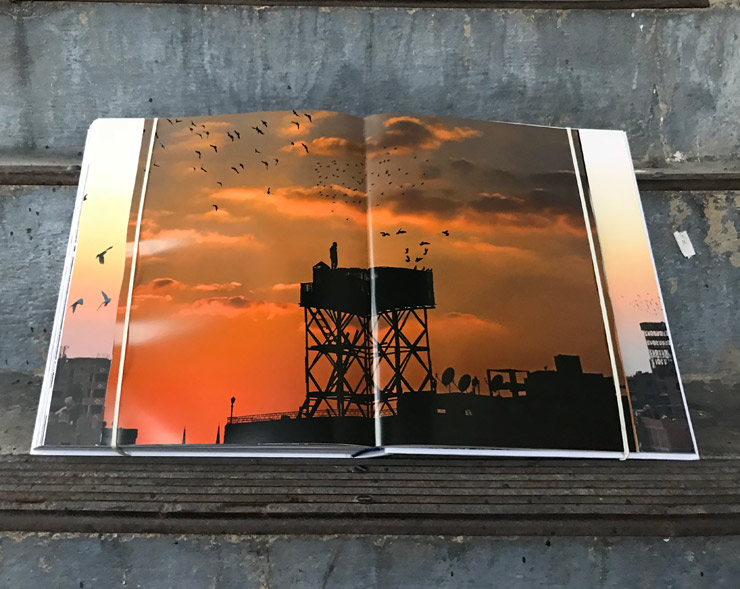
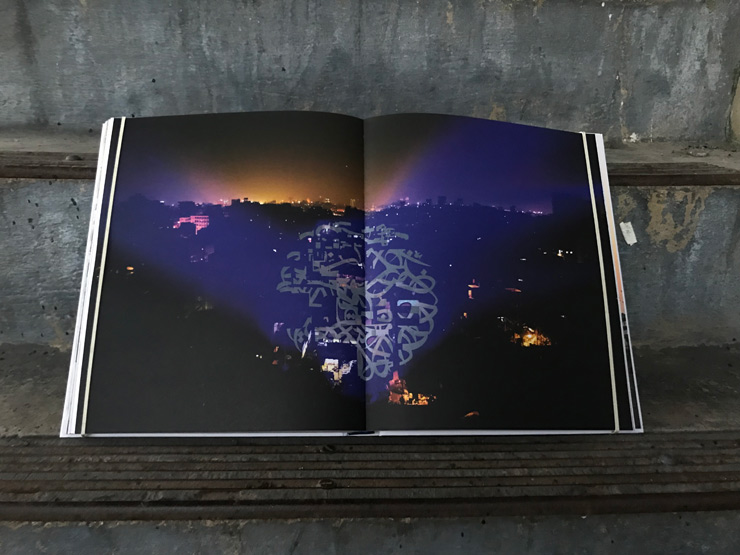
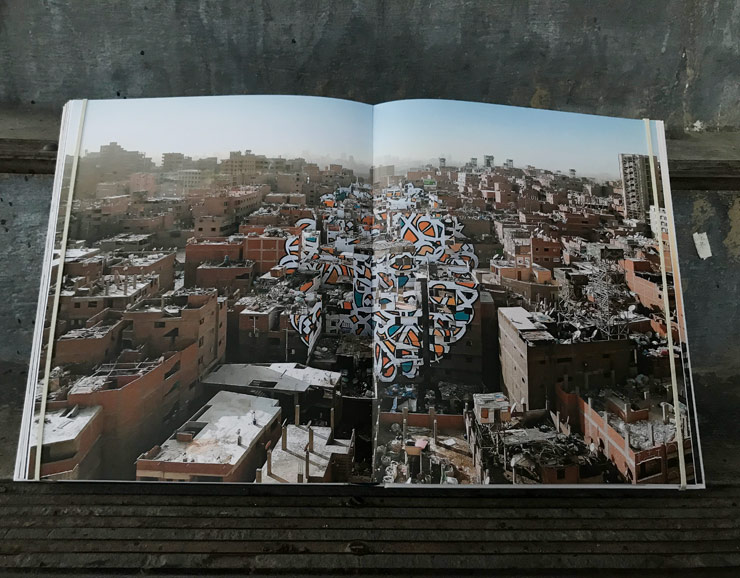
El Seed PERCEPTION Published by Point à la Ligne. Milan, Italy. 2018.
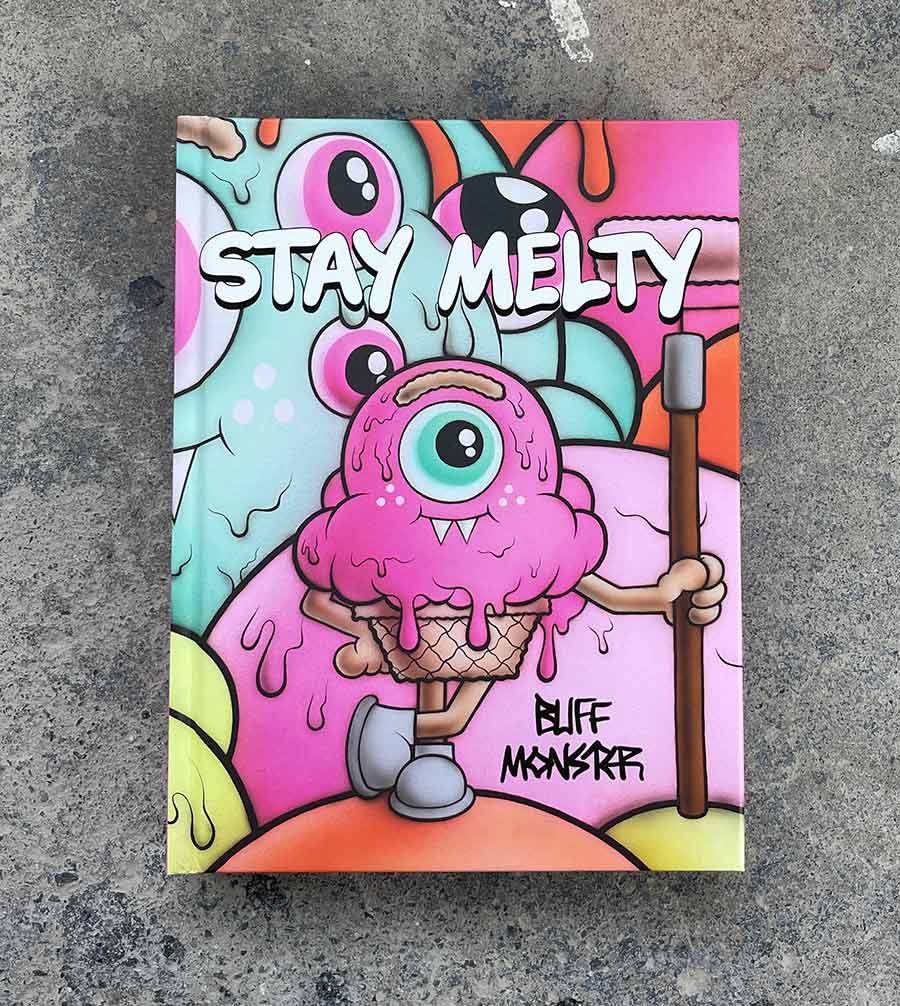
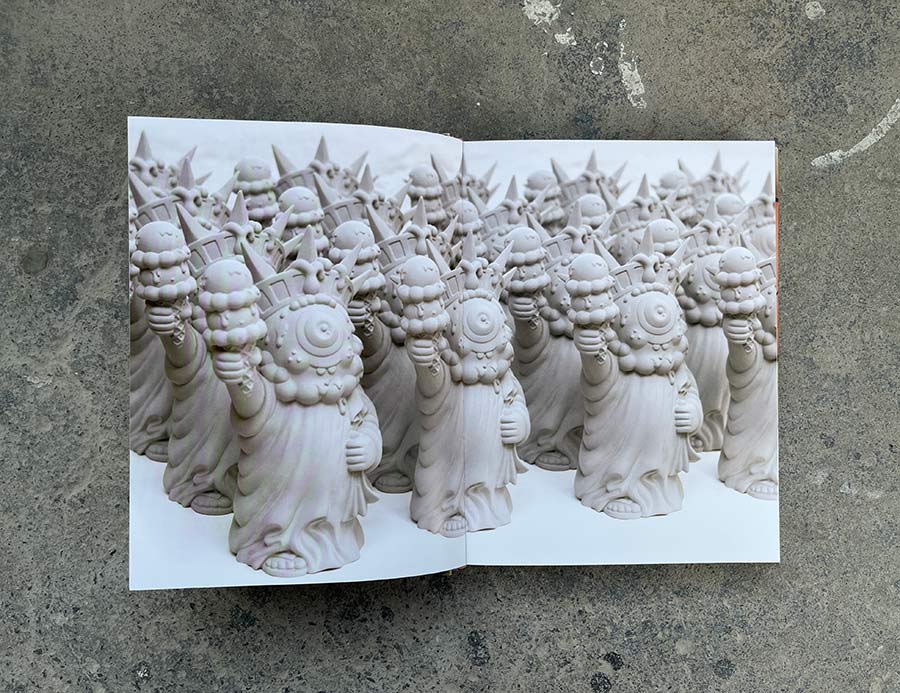
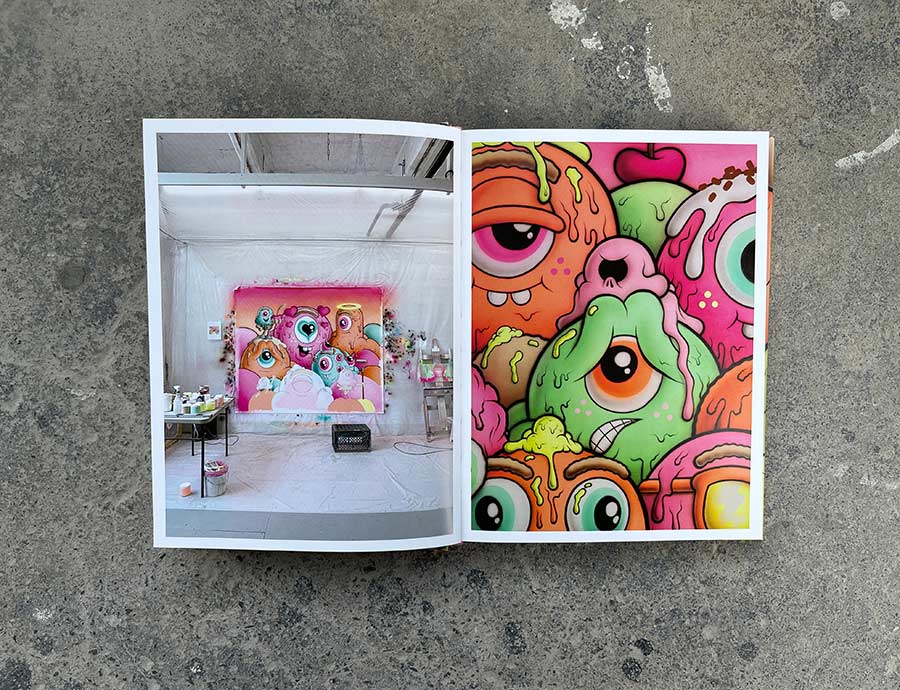
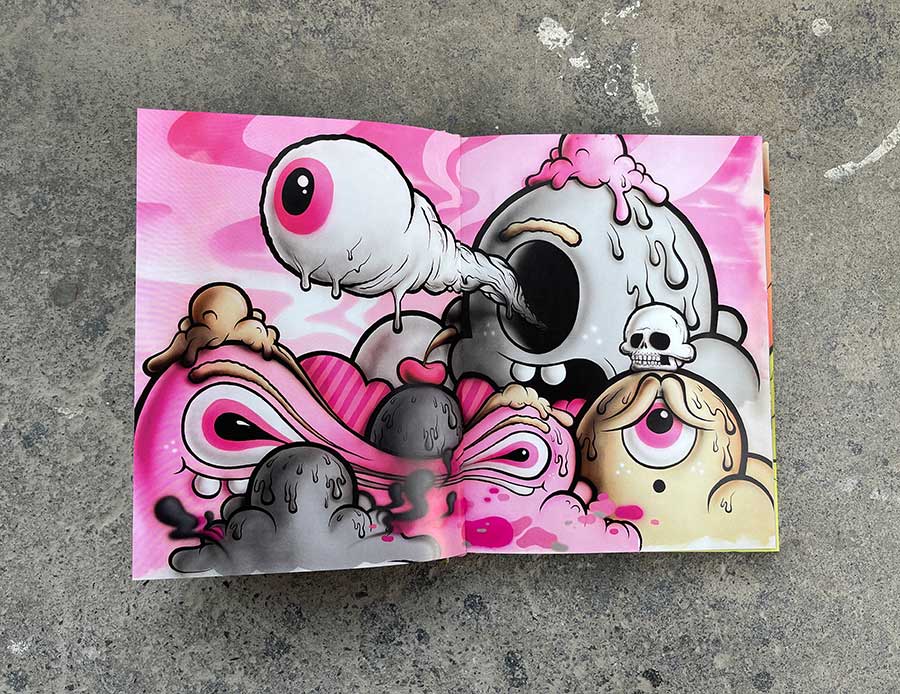

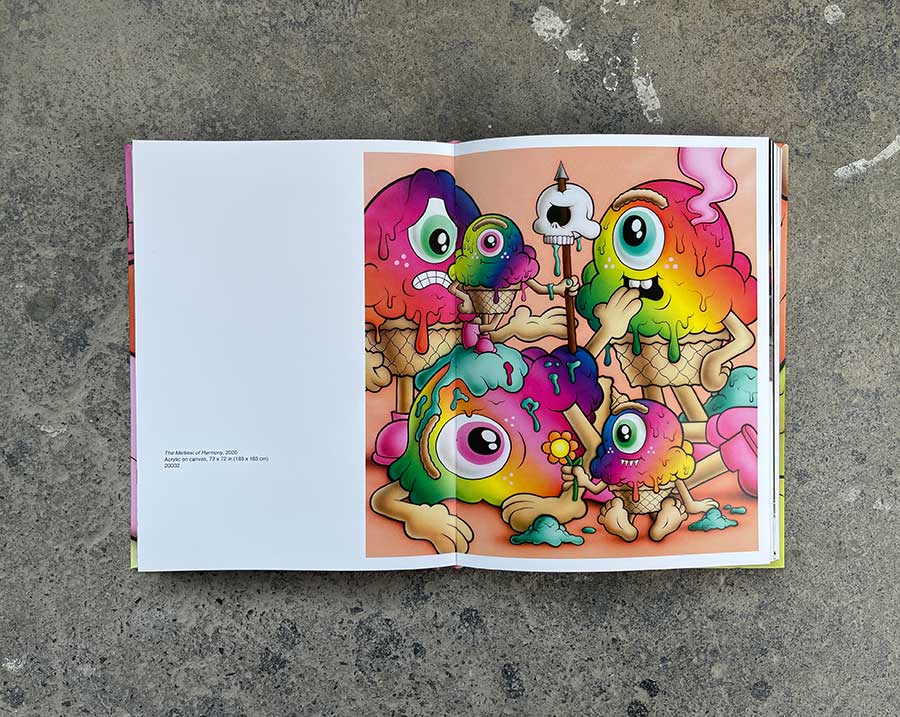
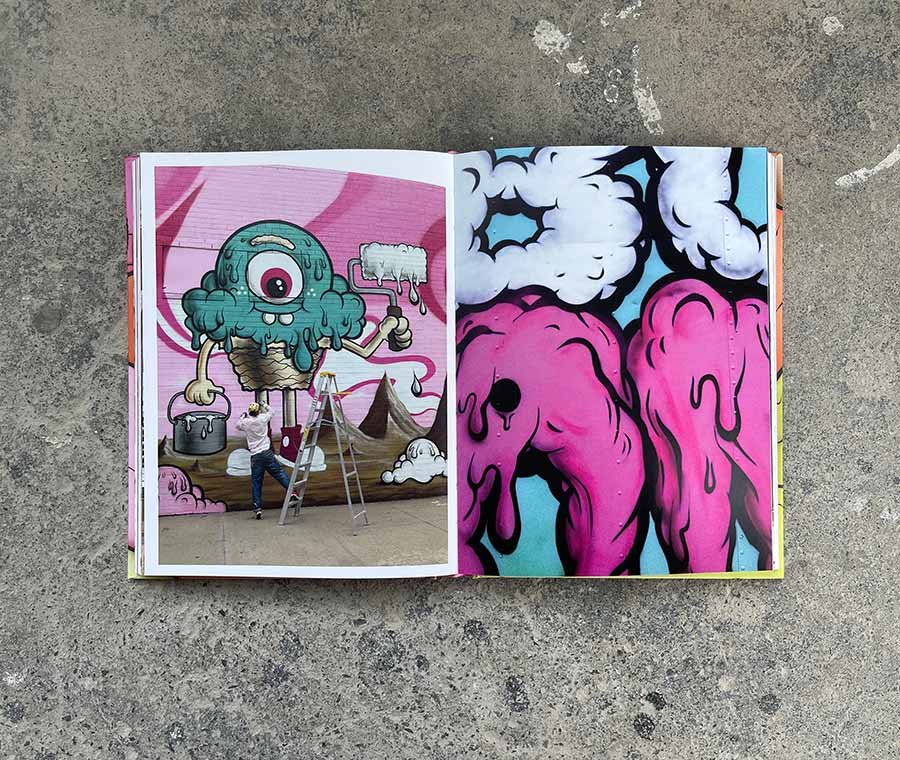
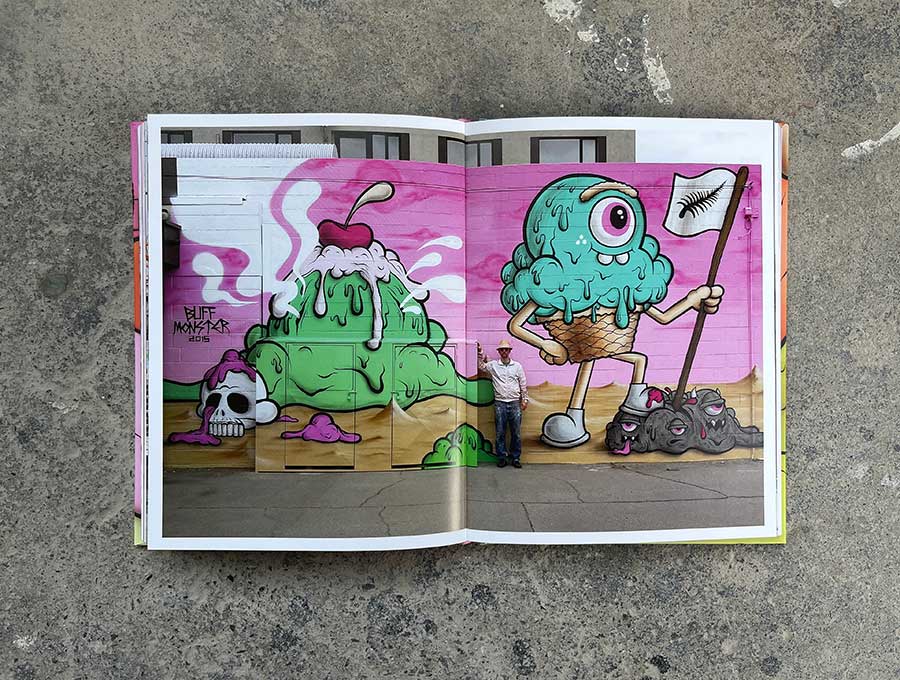
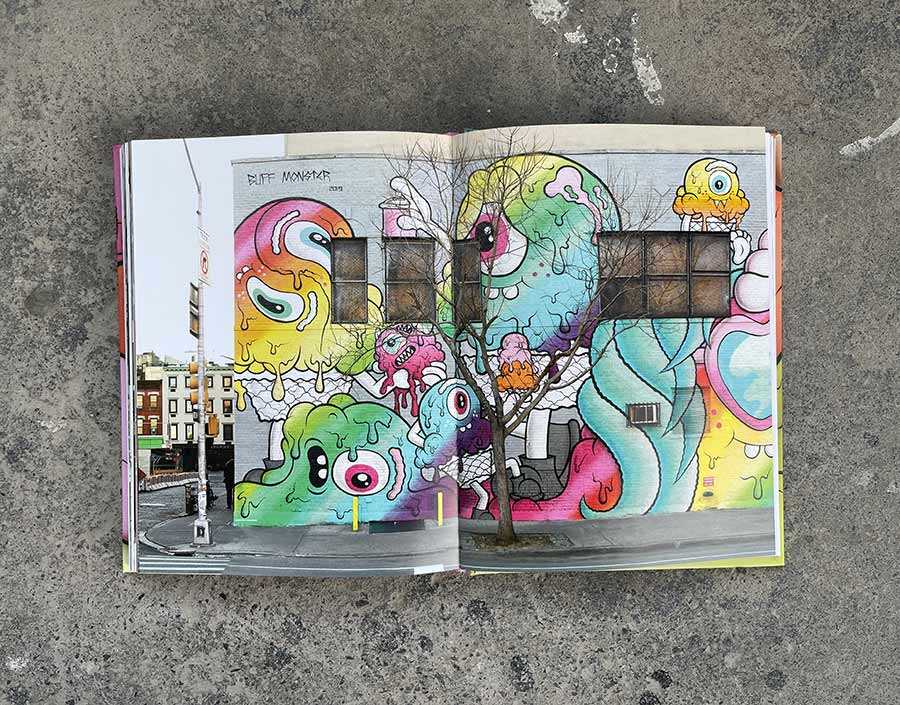
 BROOKLYN STREET ART LOVES YOU MORE EVERY DAY
BROOKLYN STREET ART LOVES YOU MORE EVERY DAY